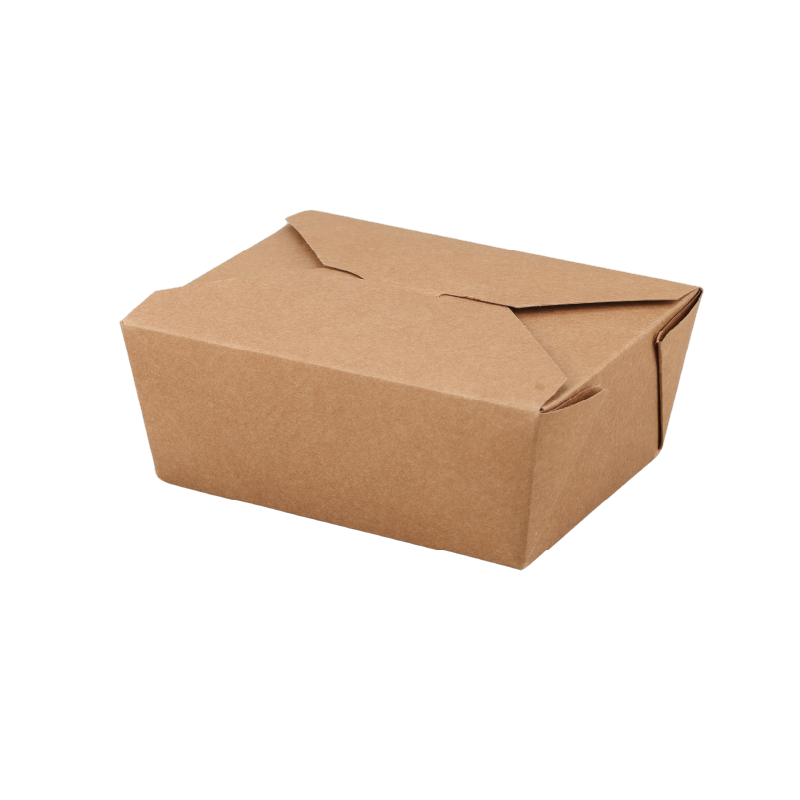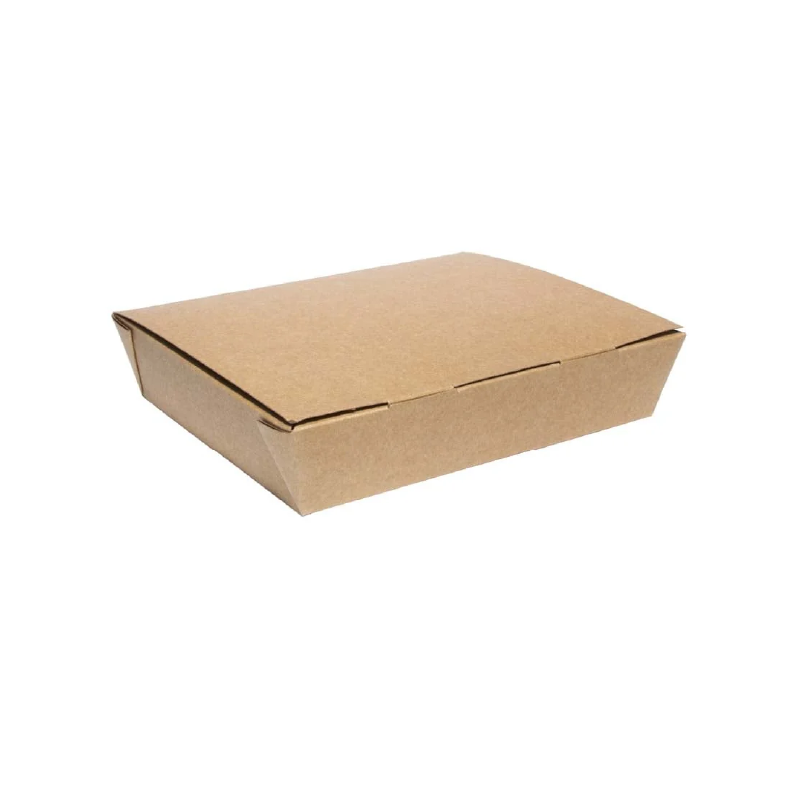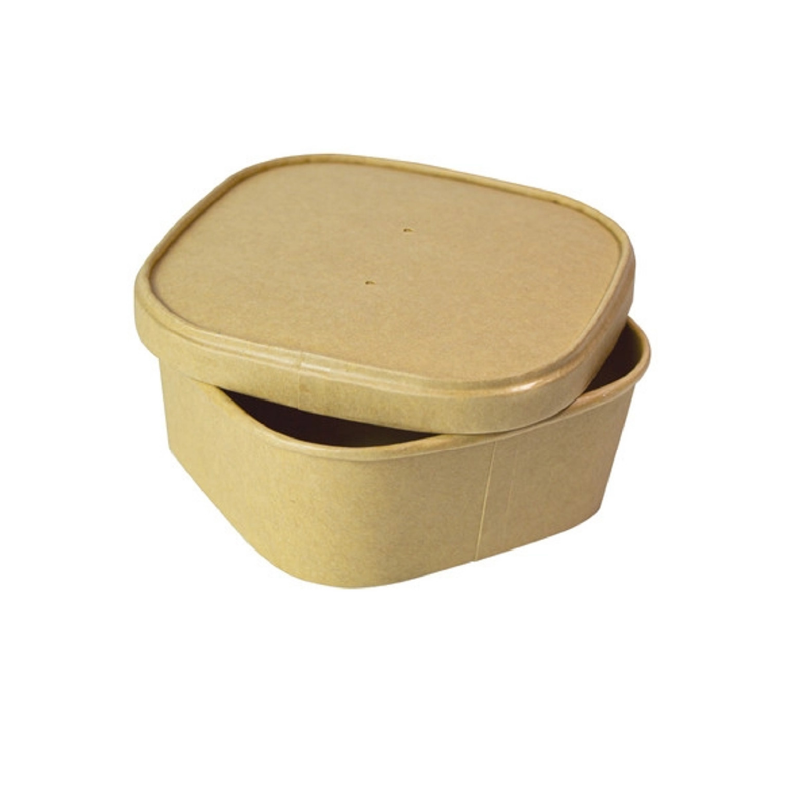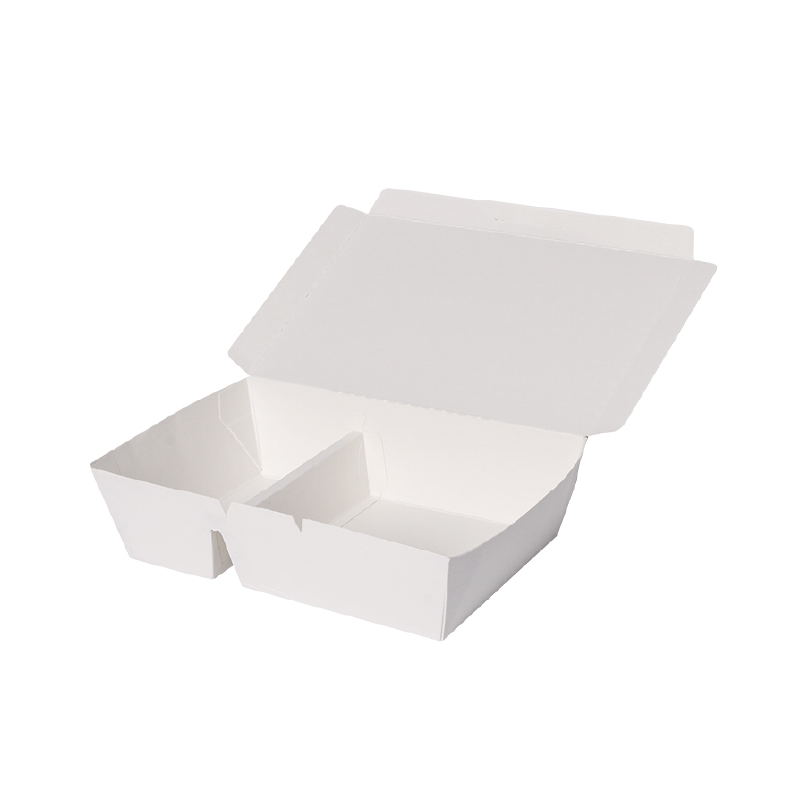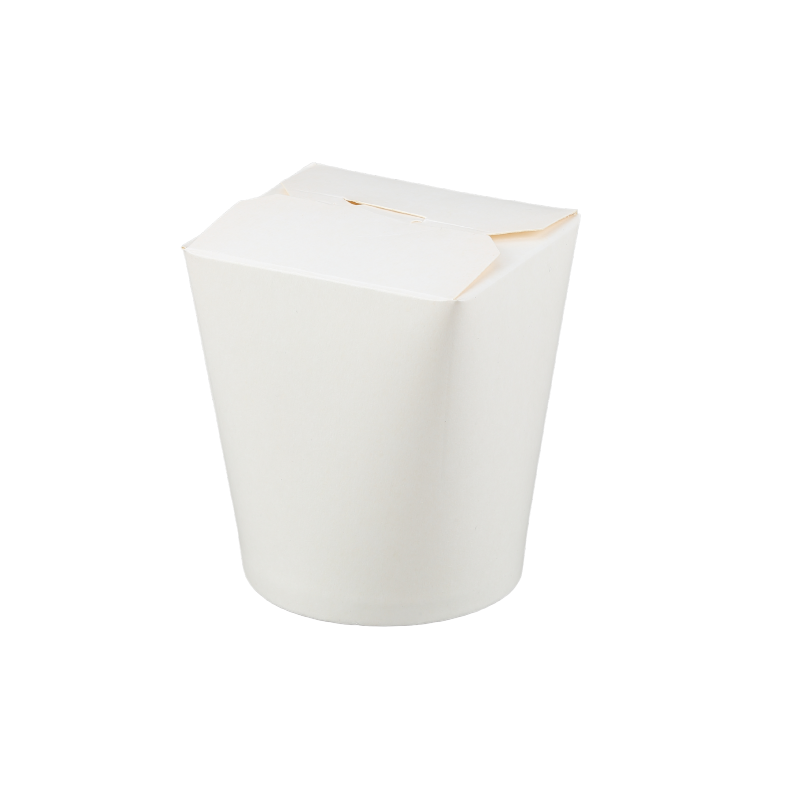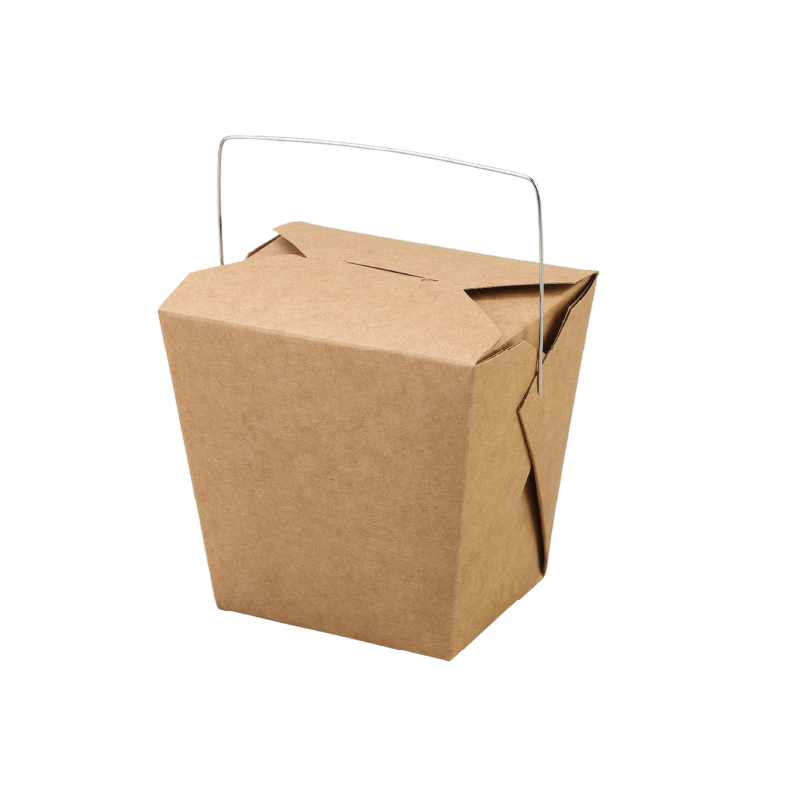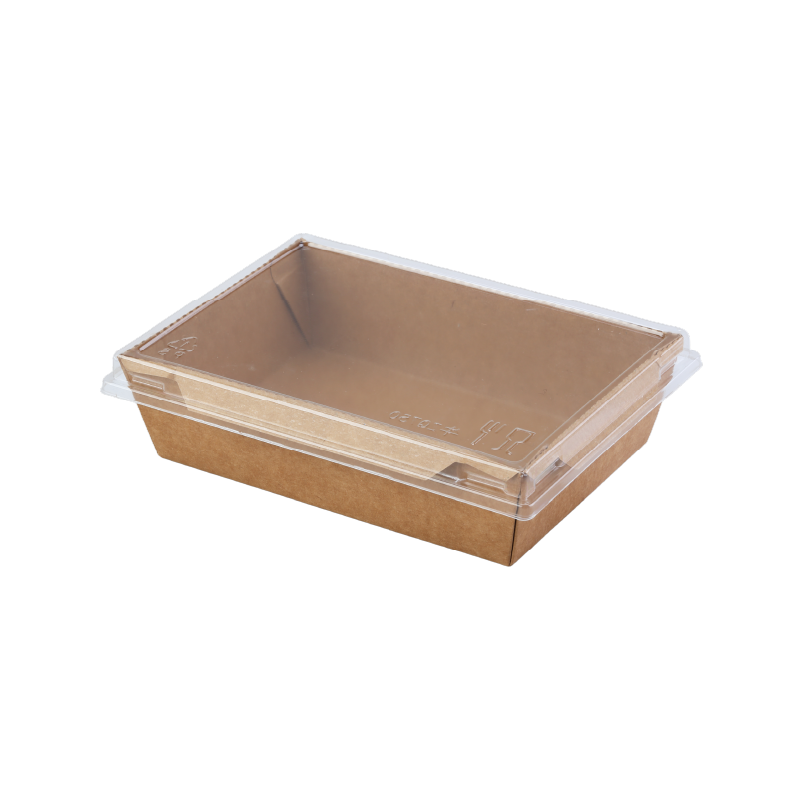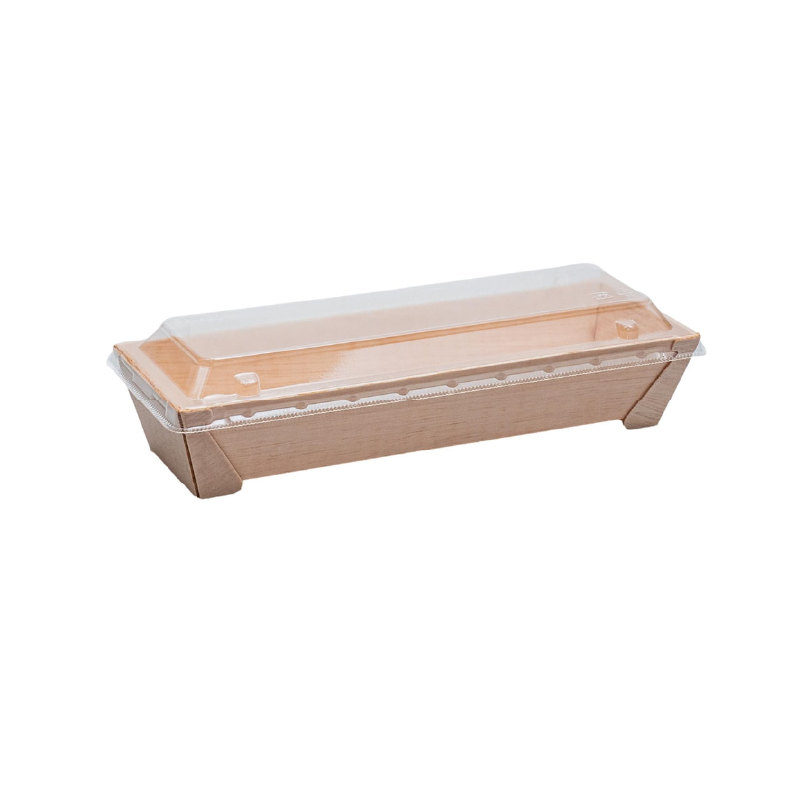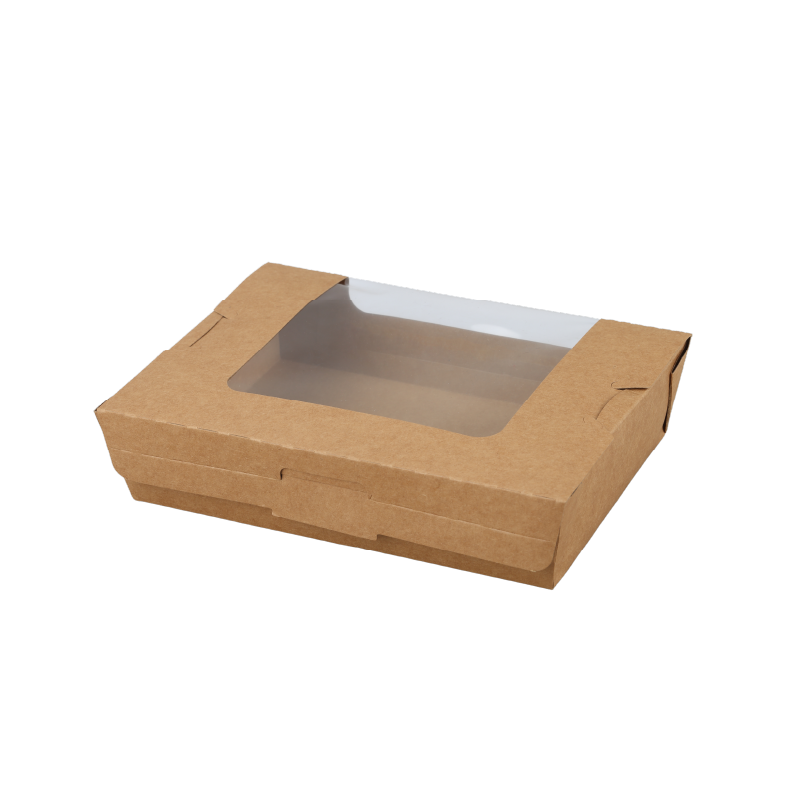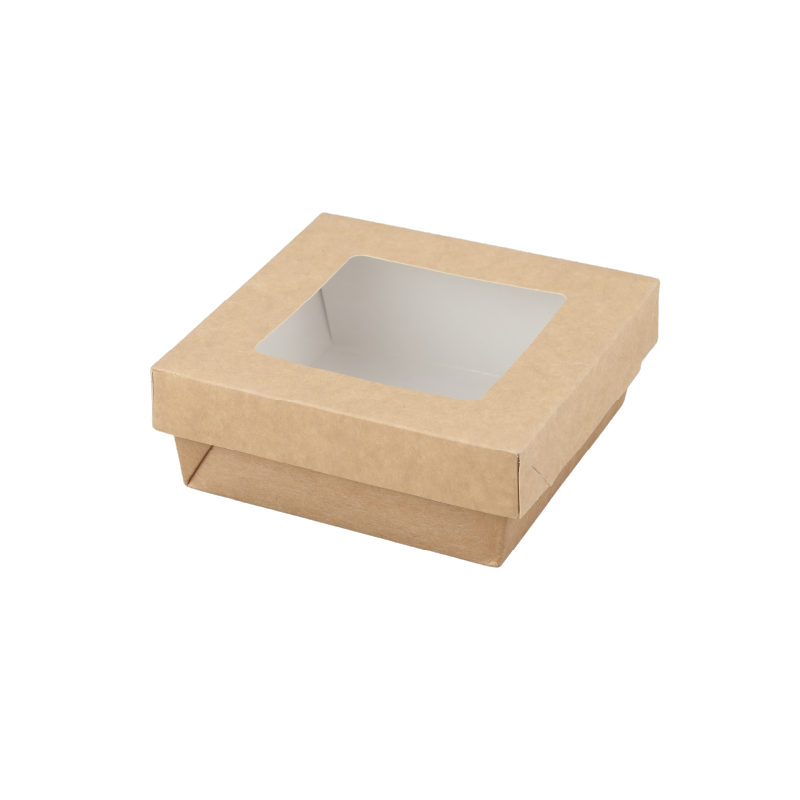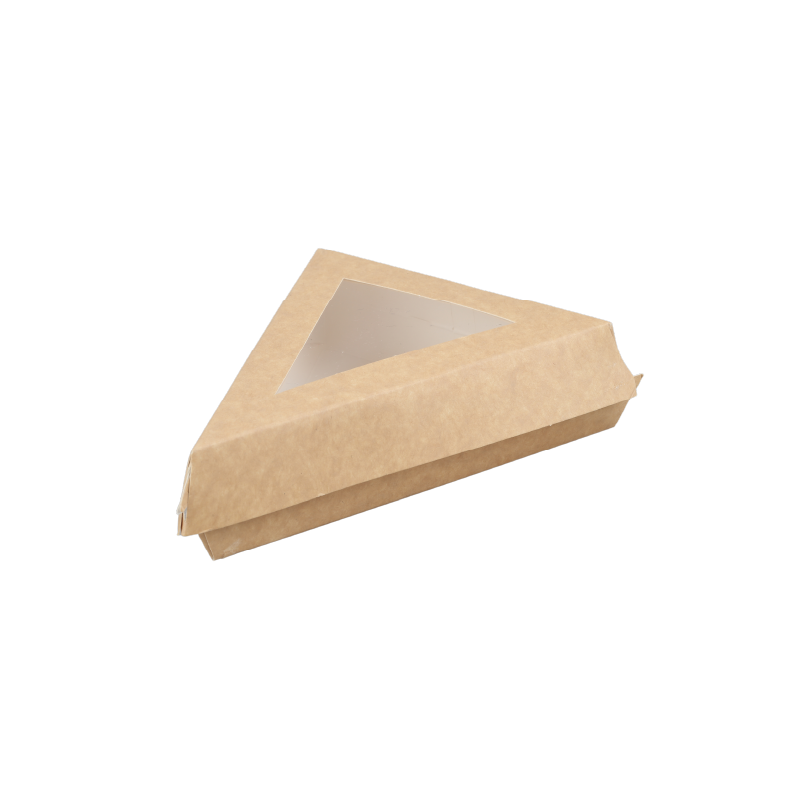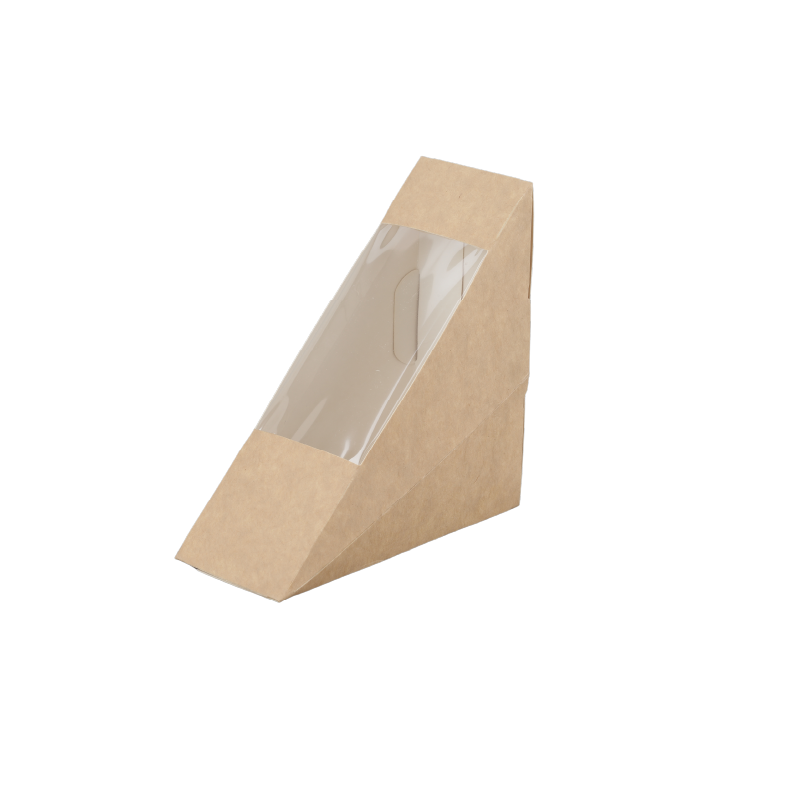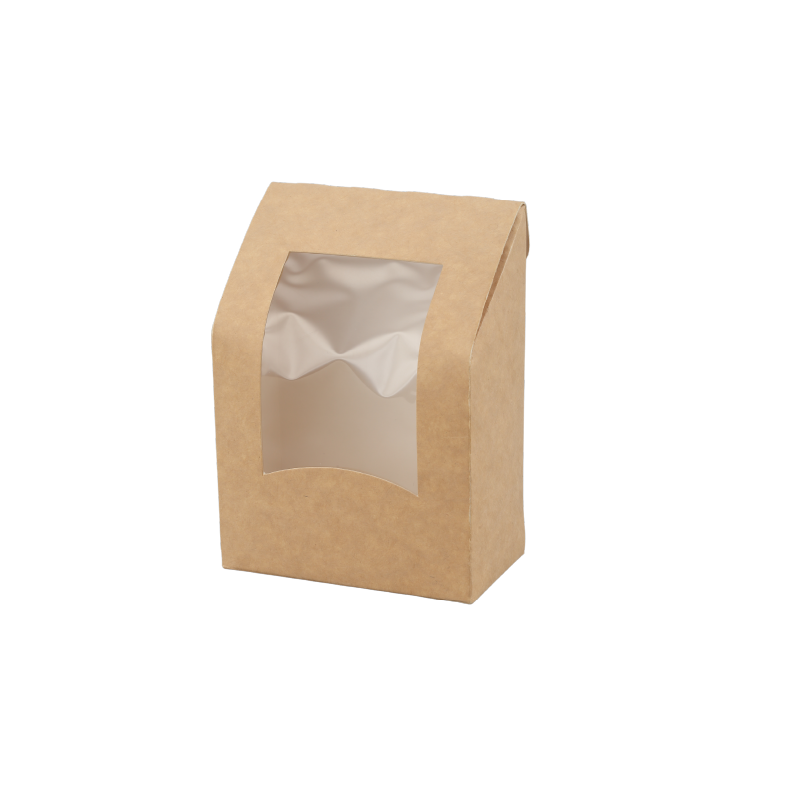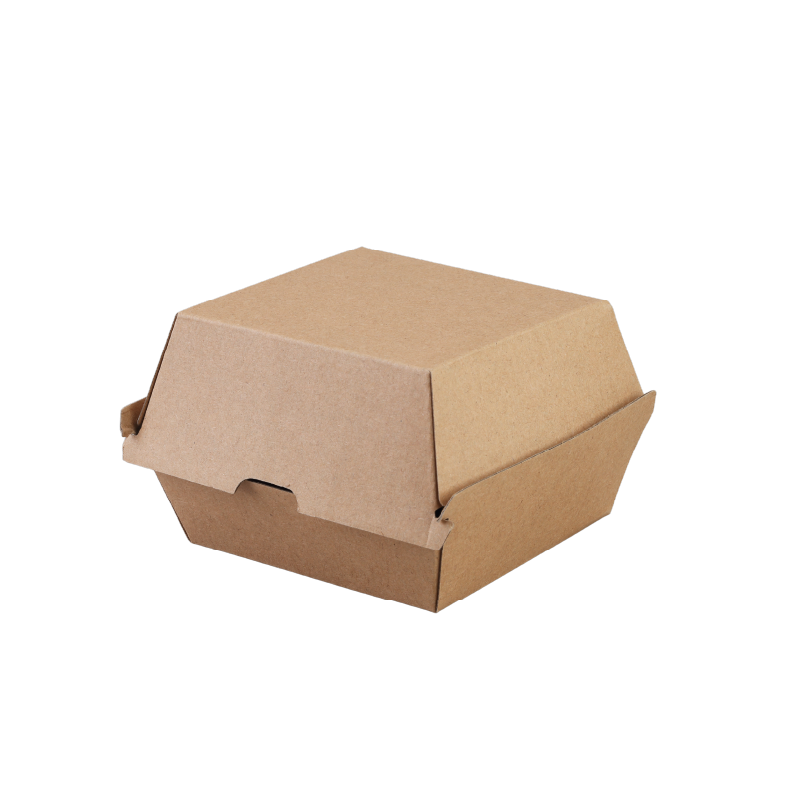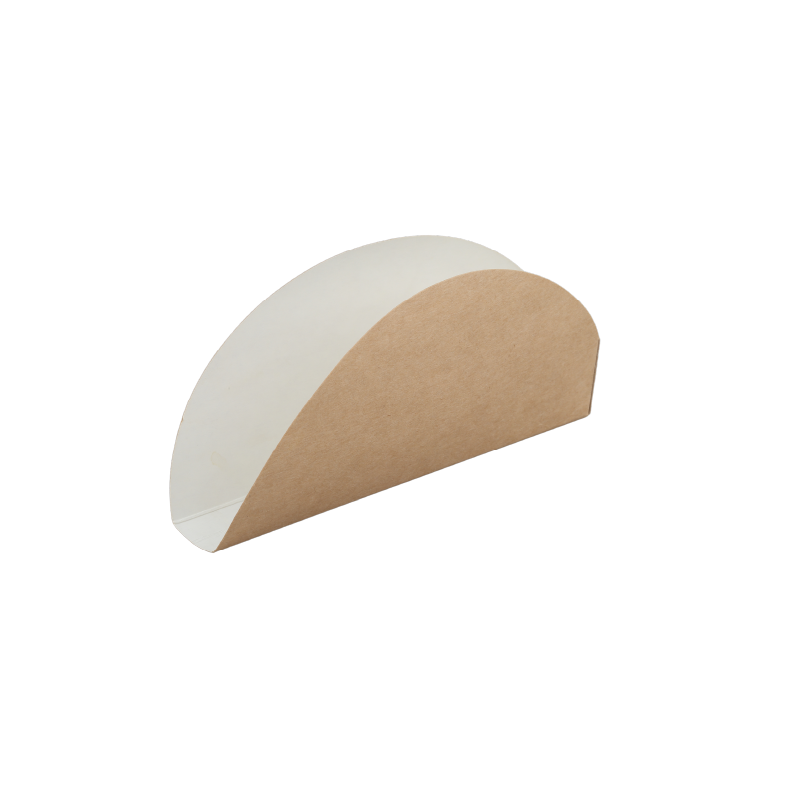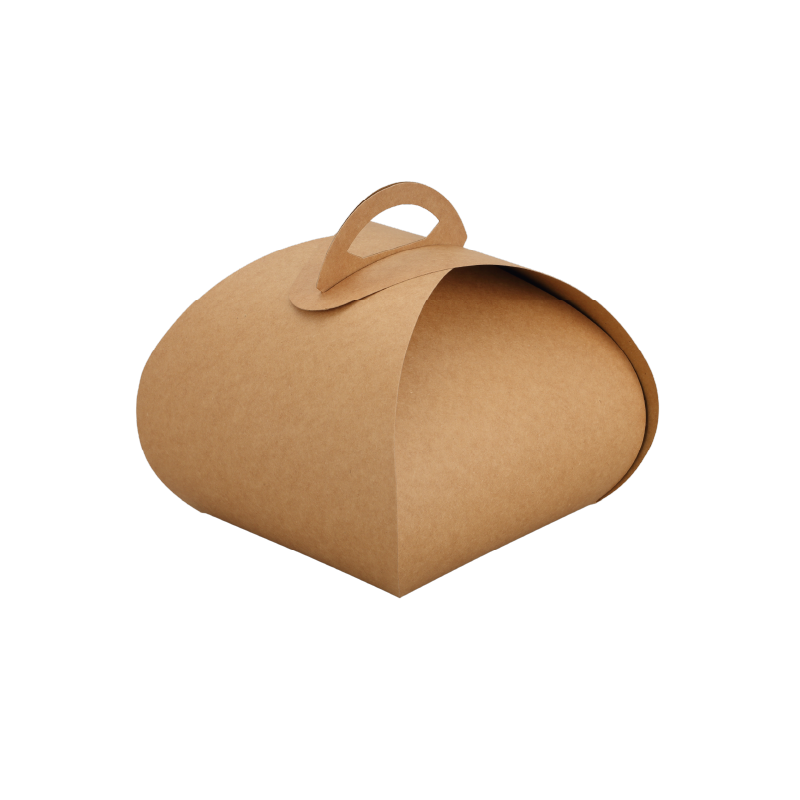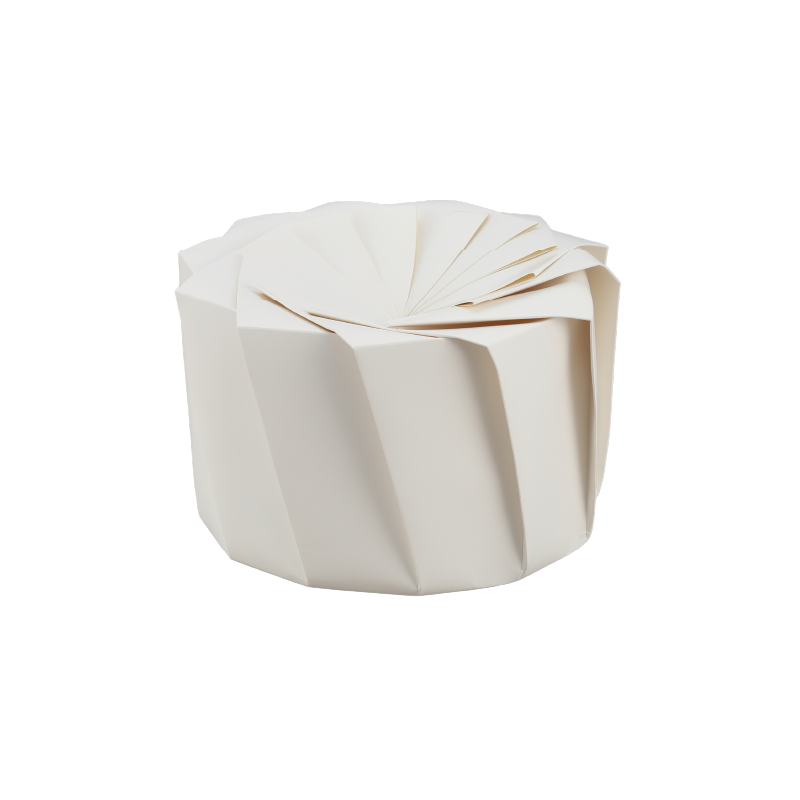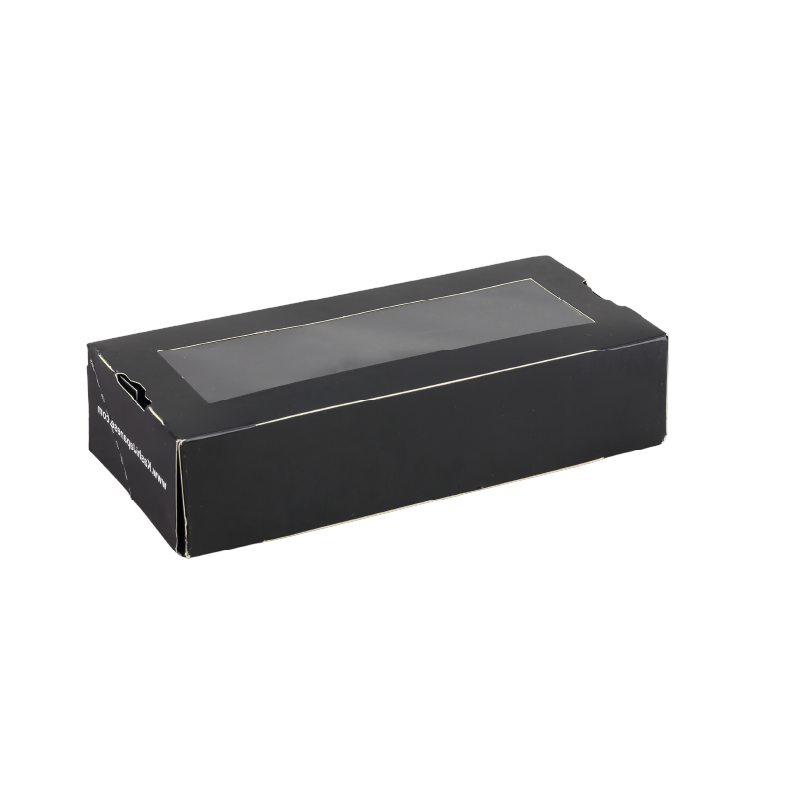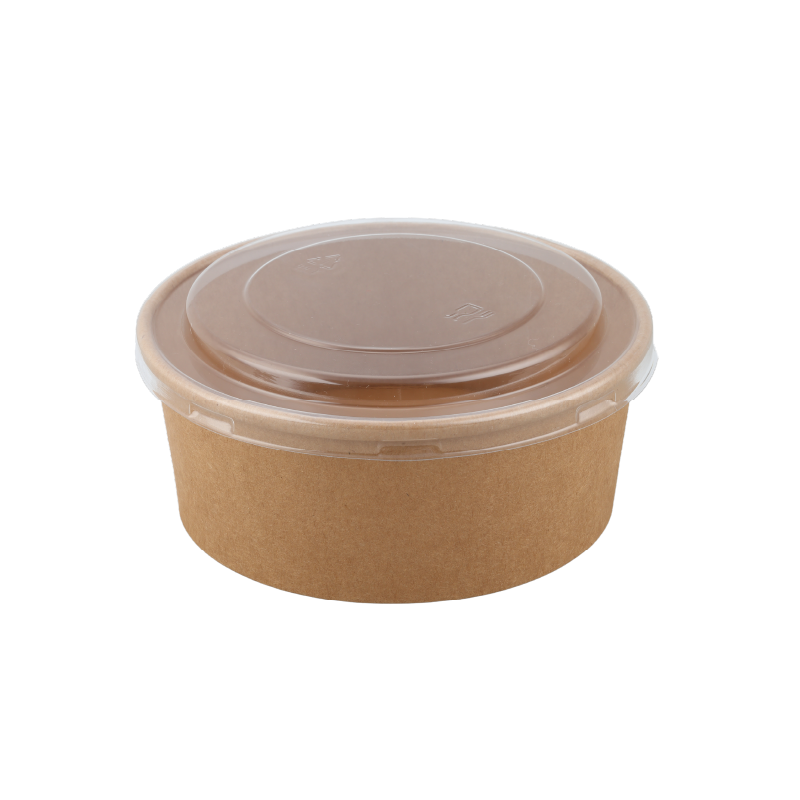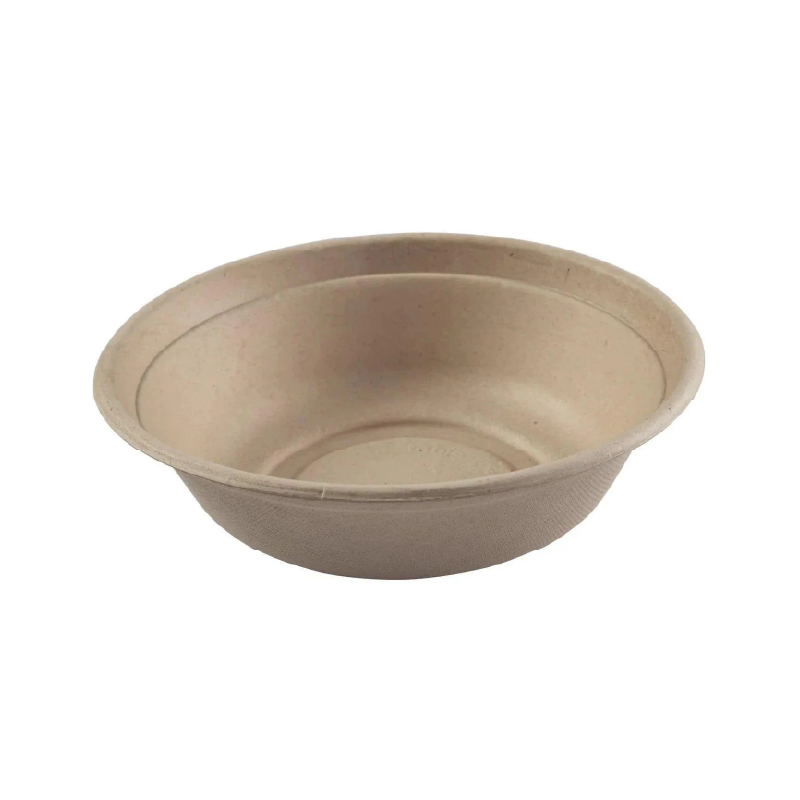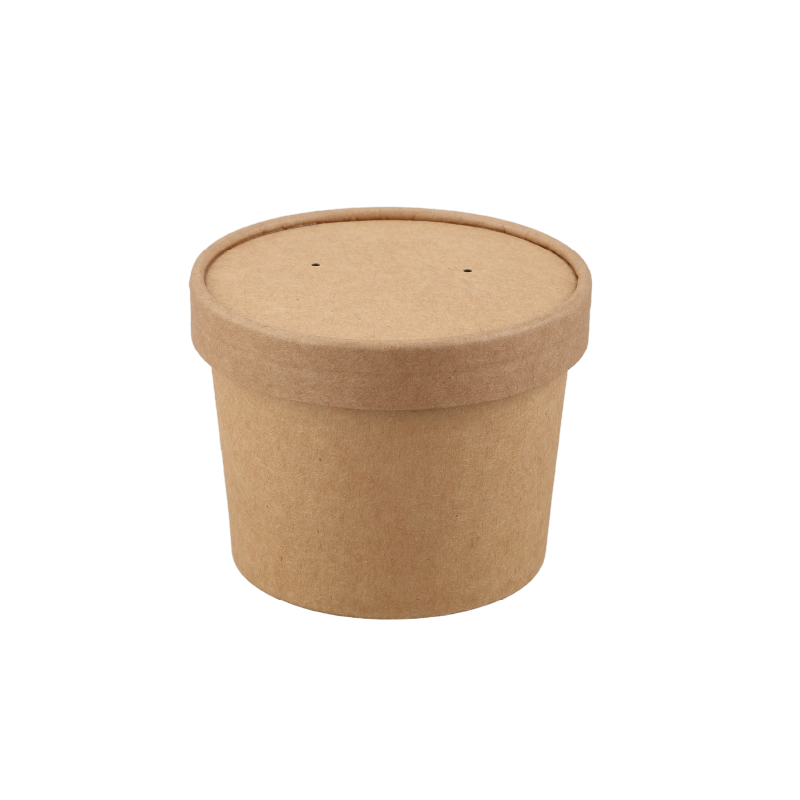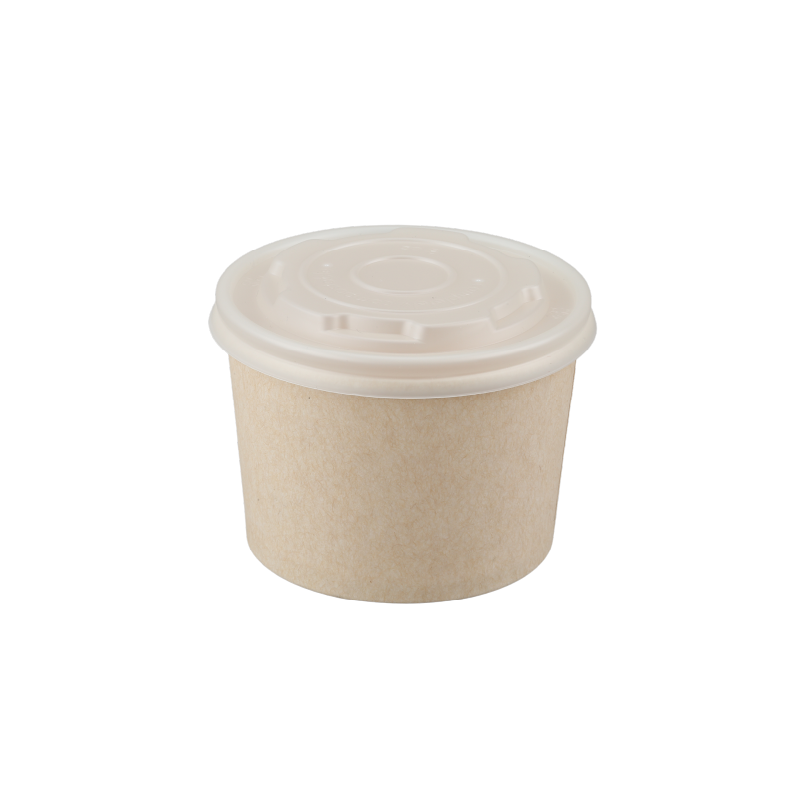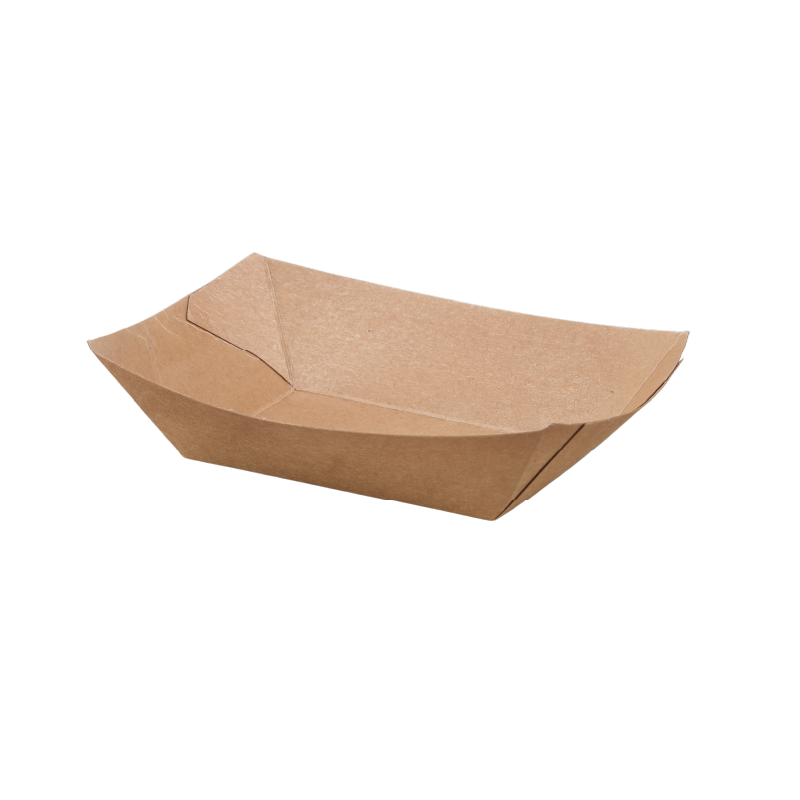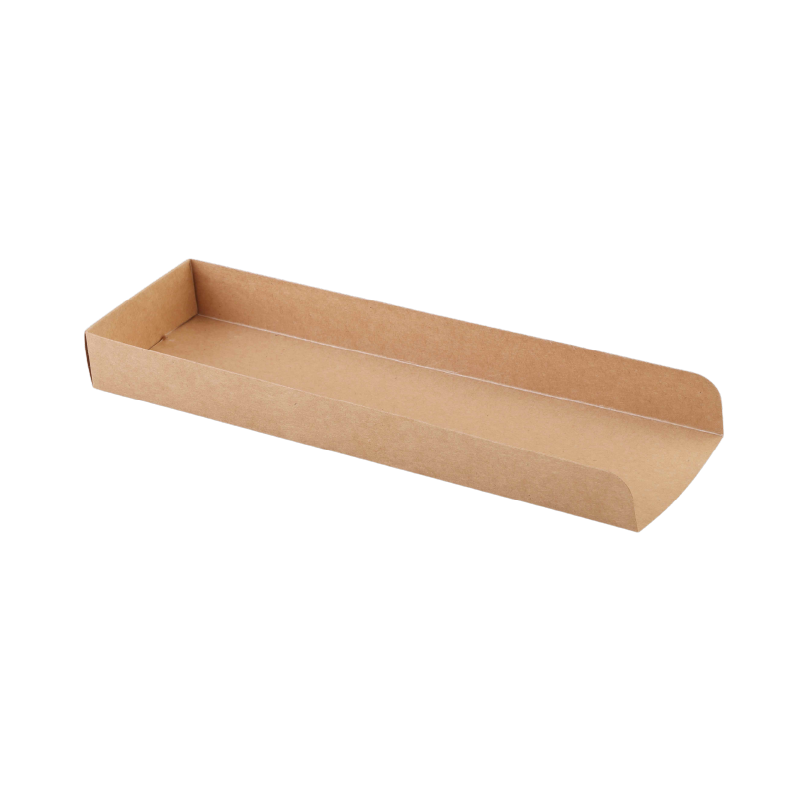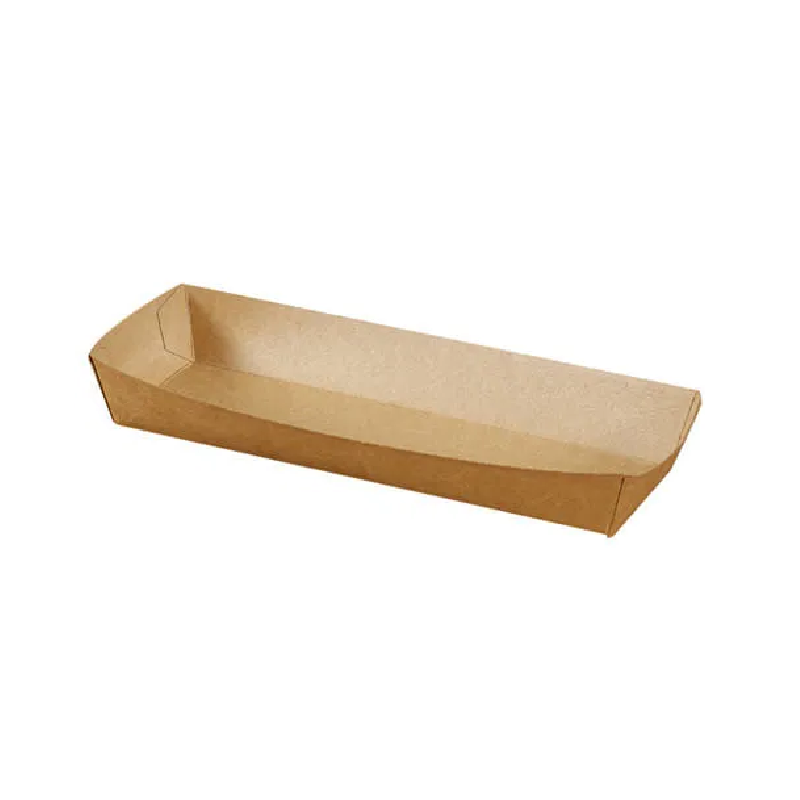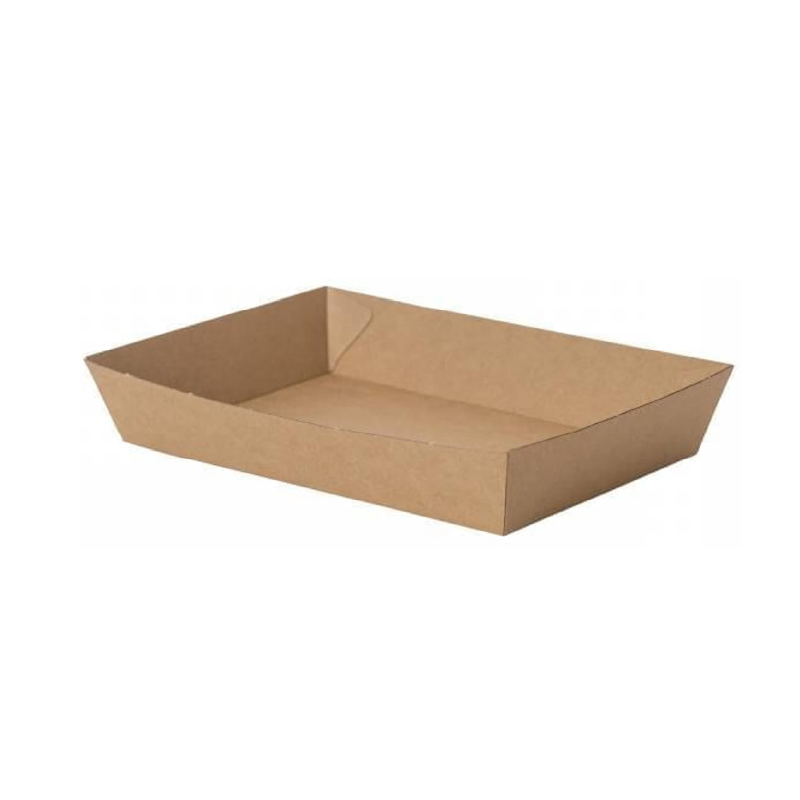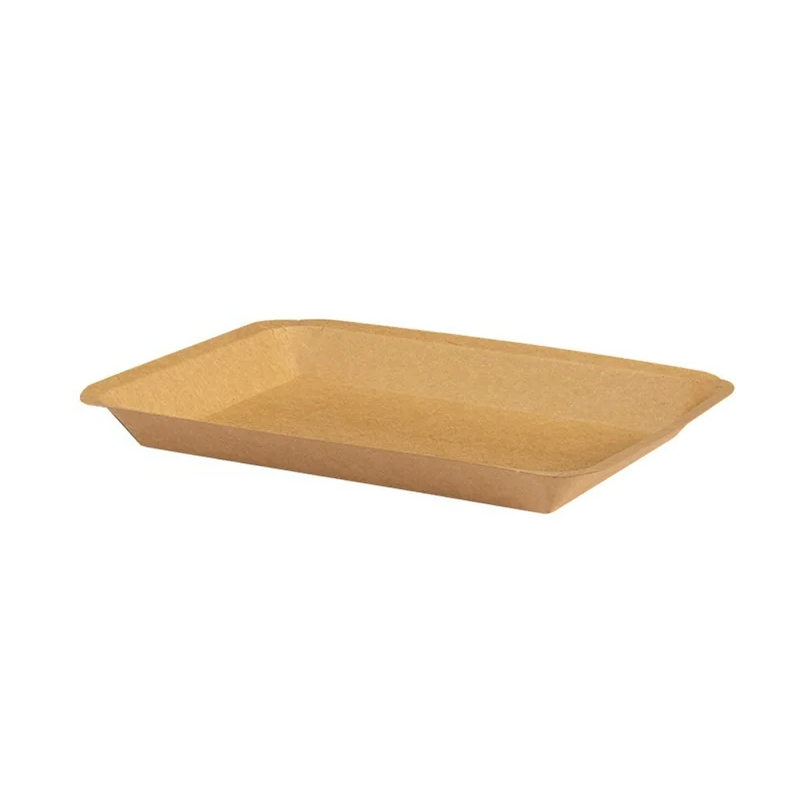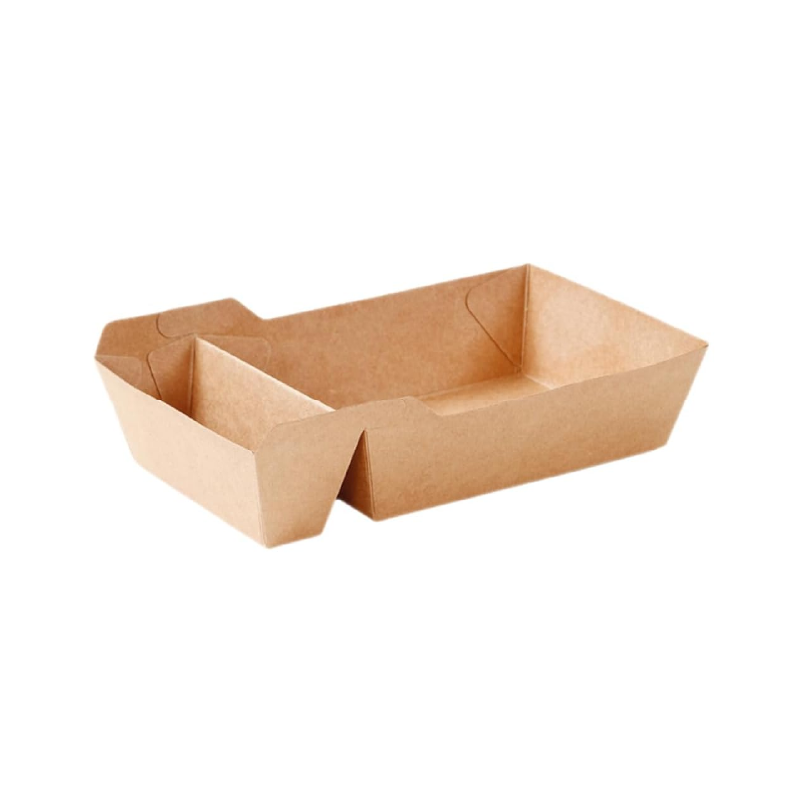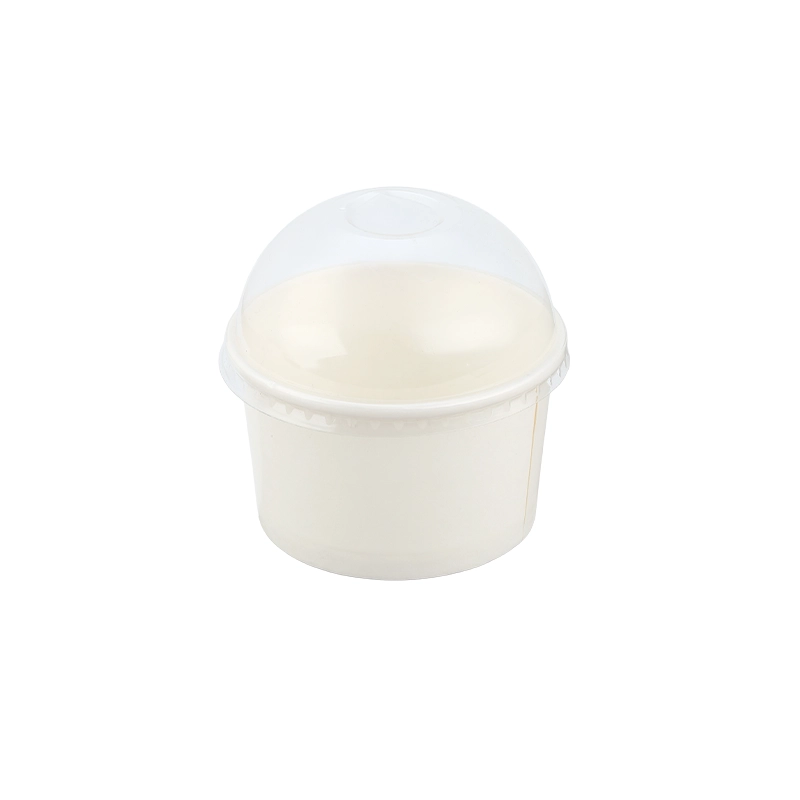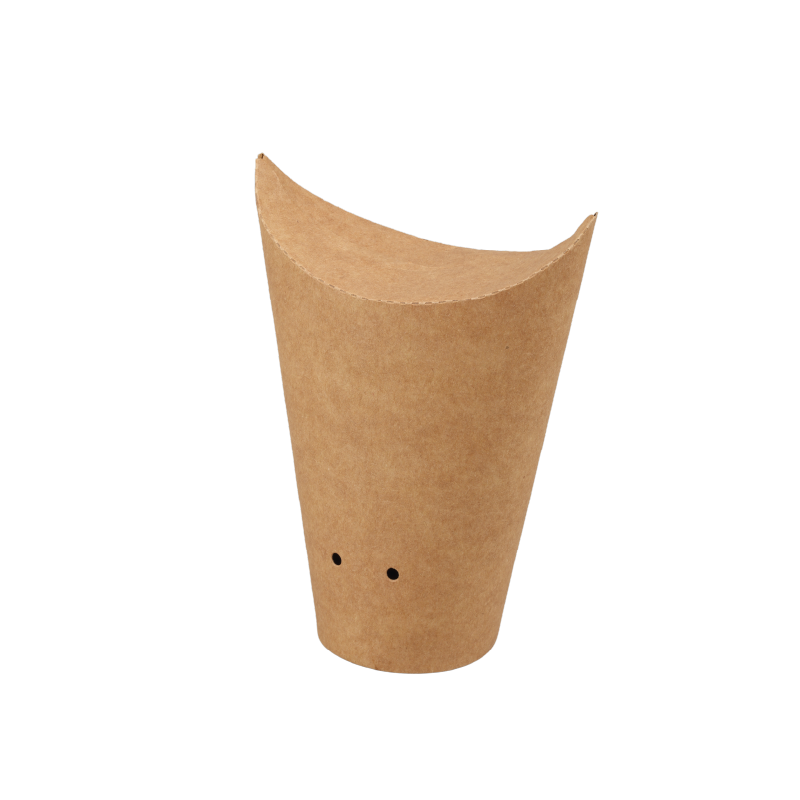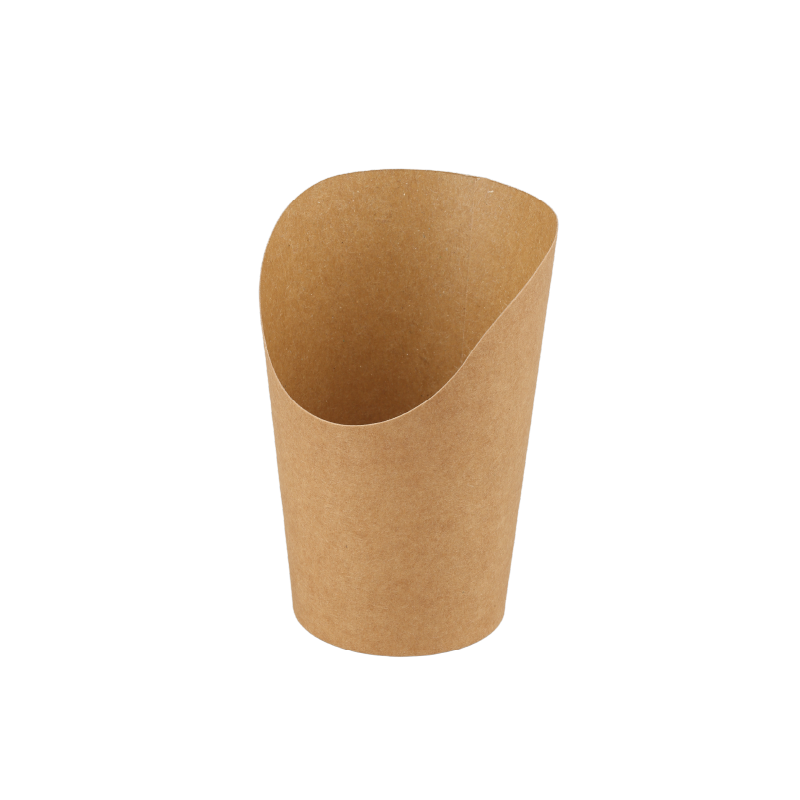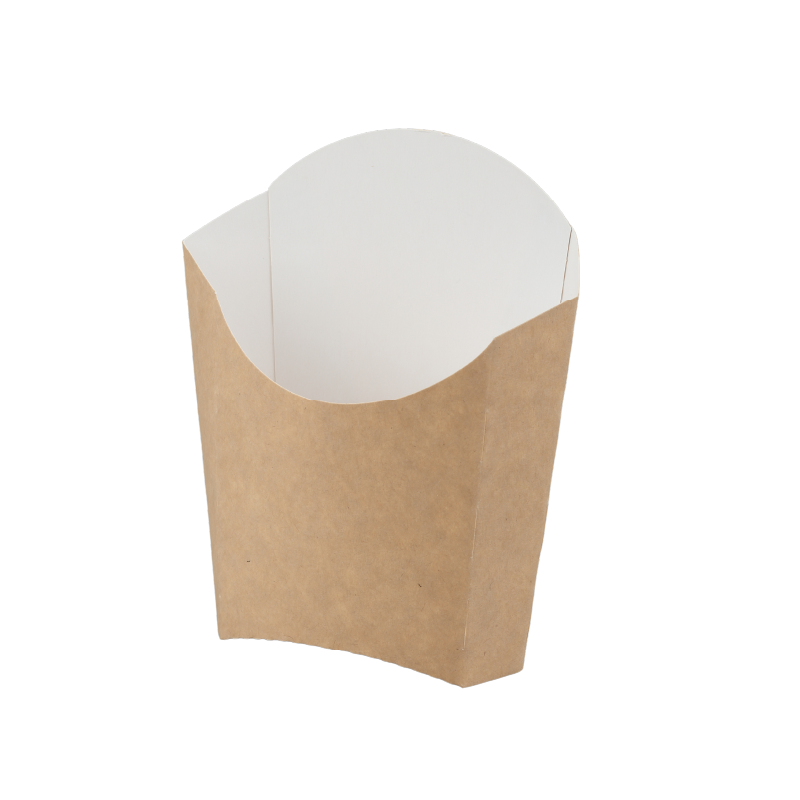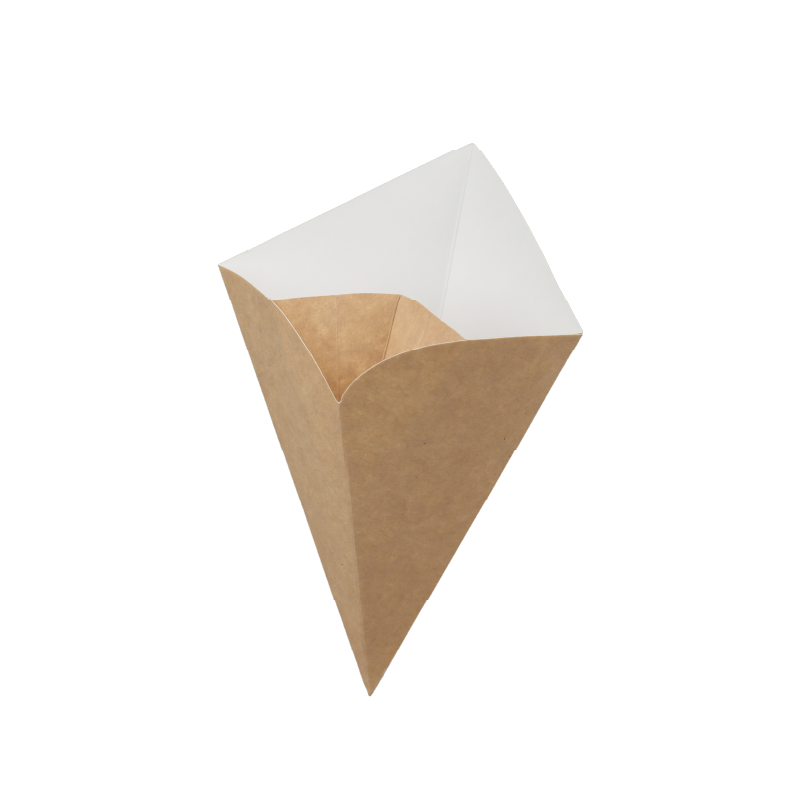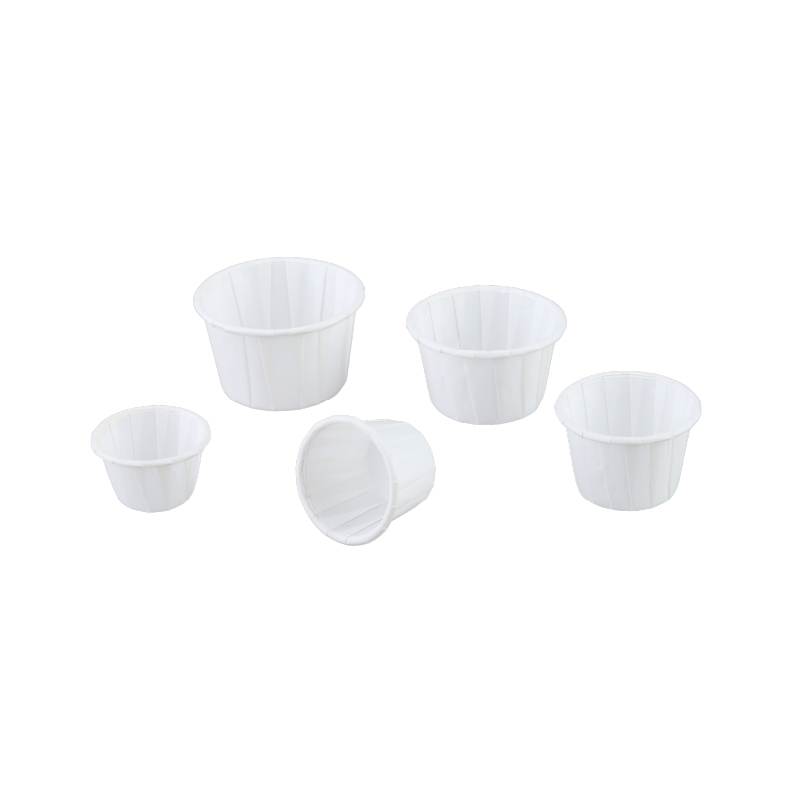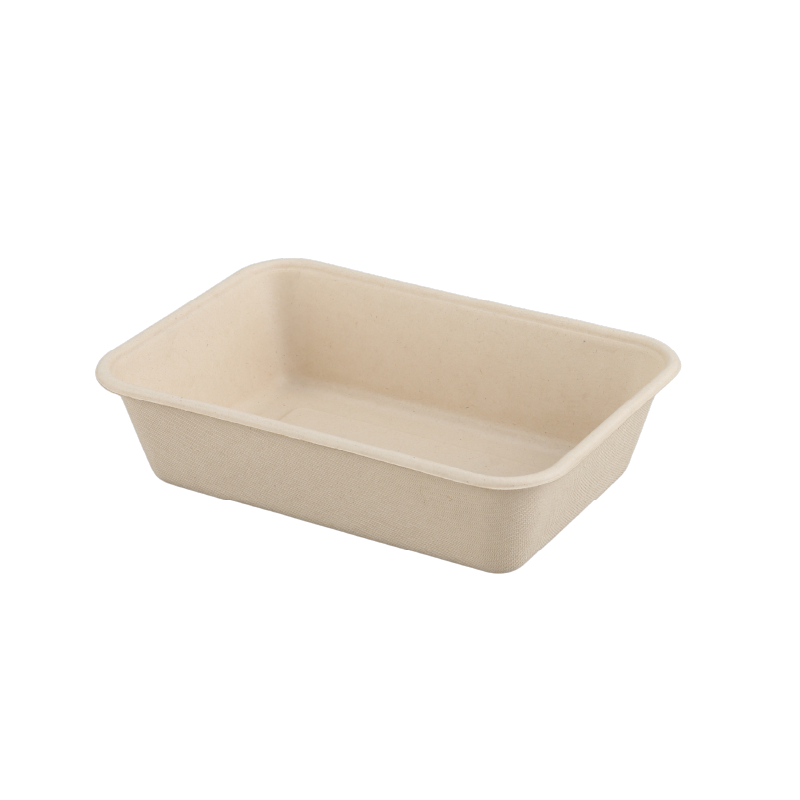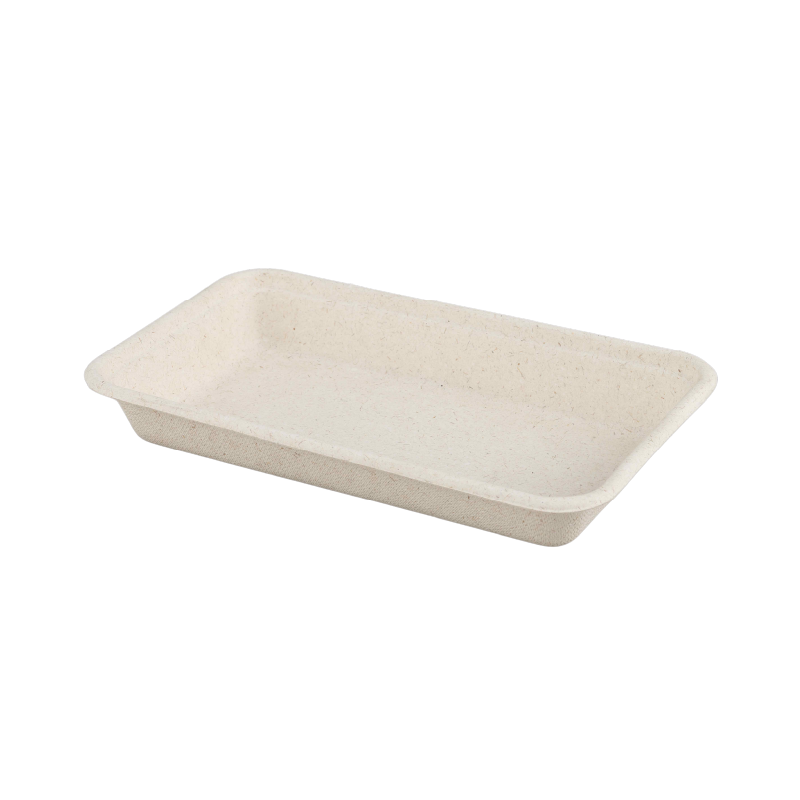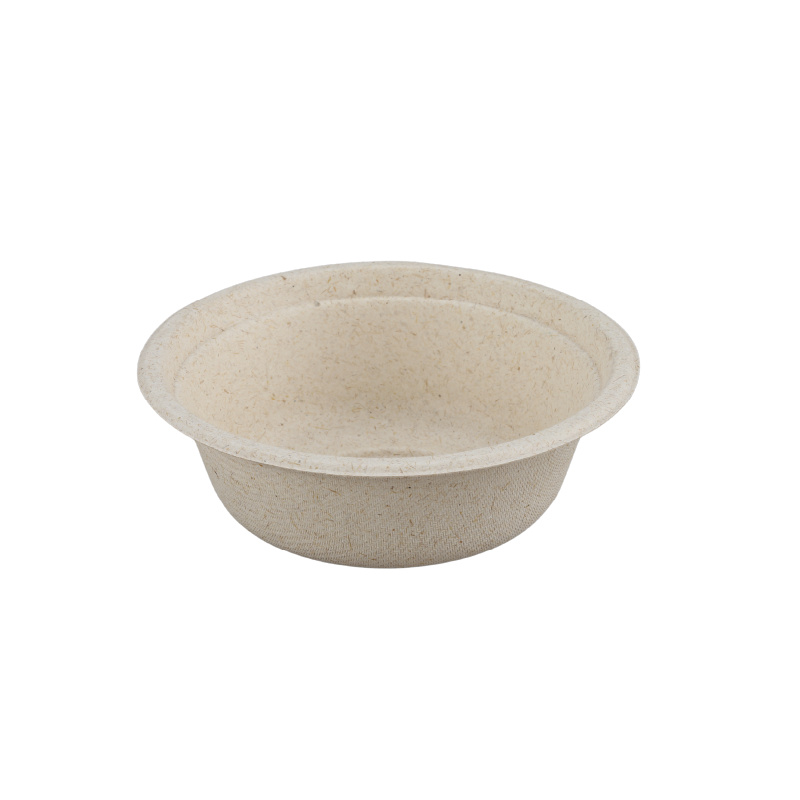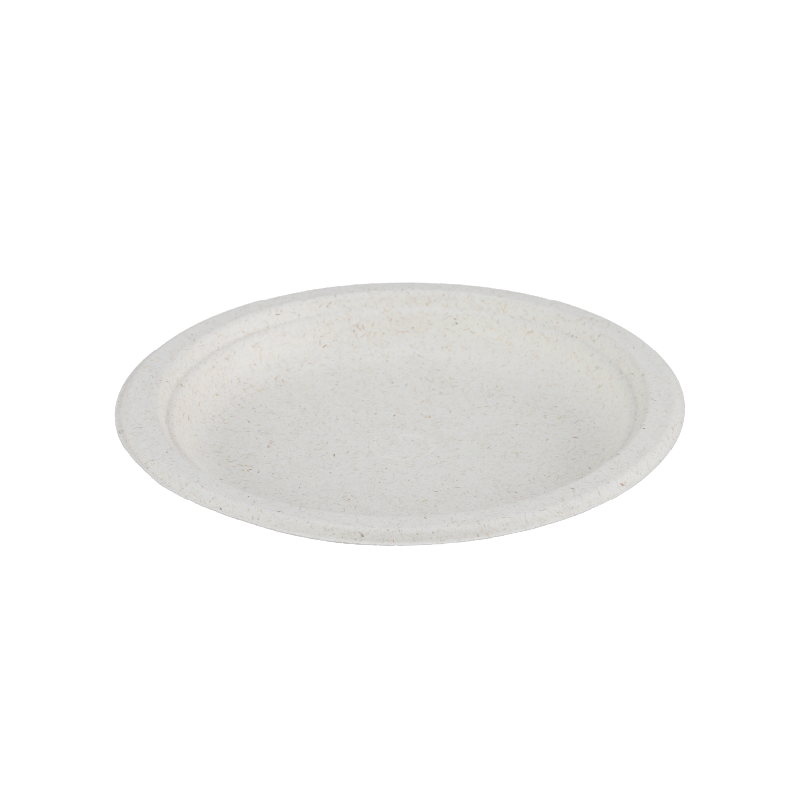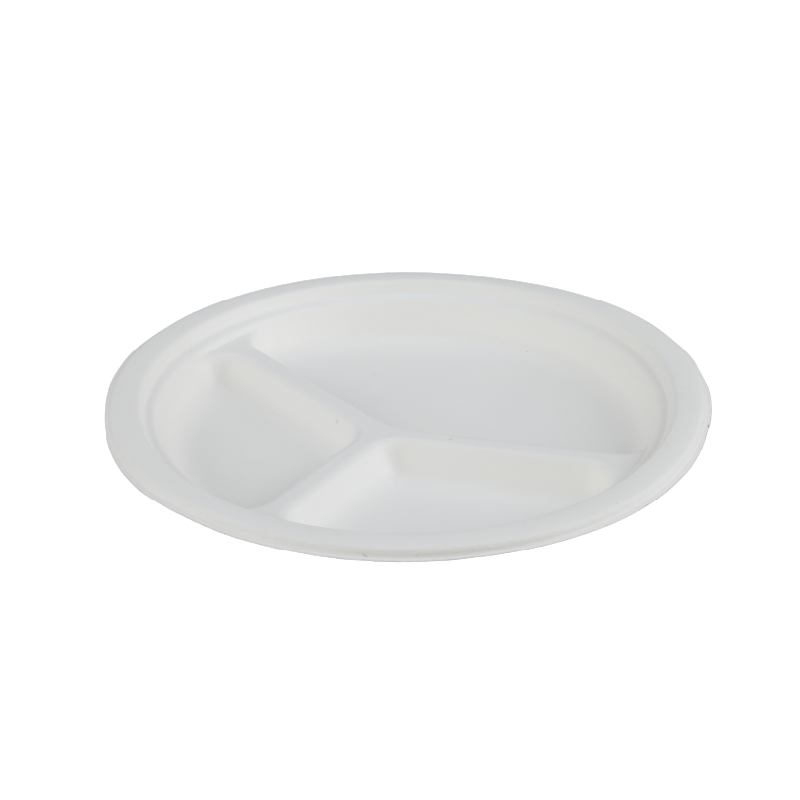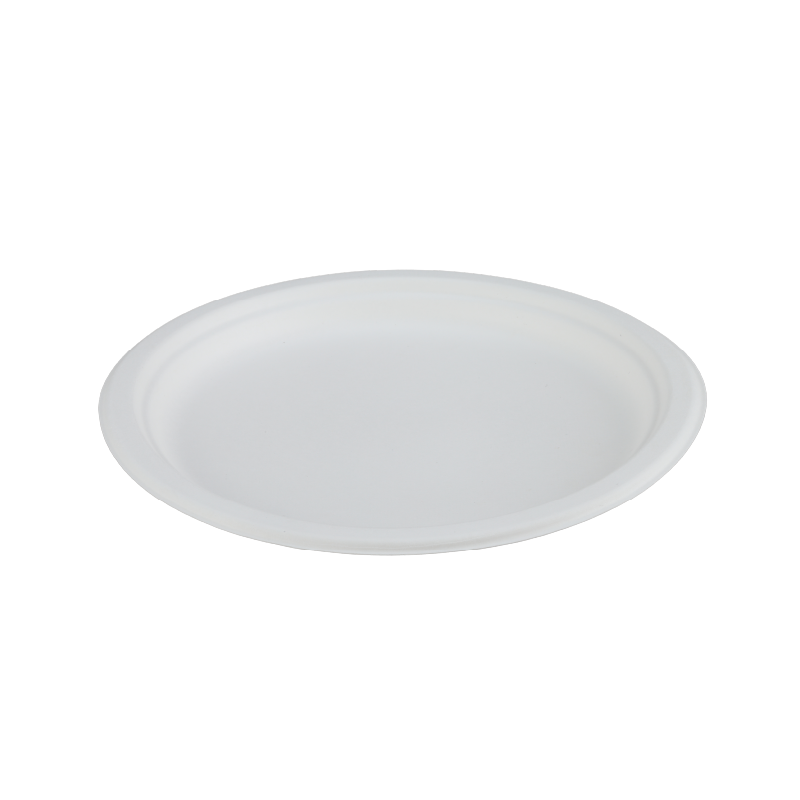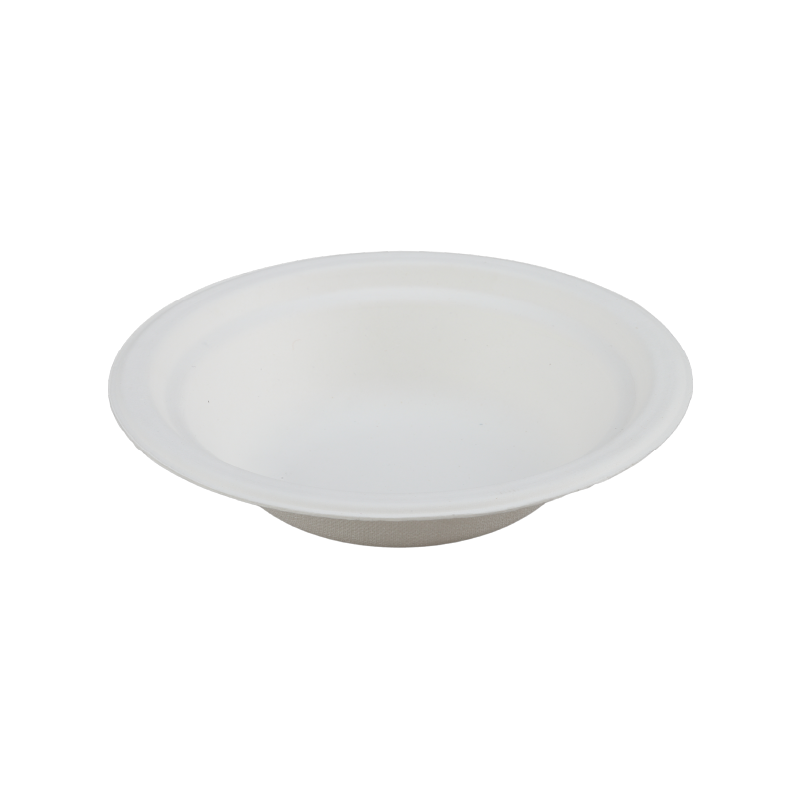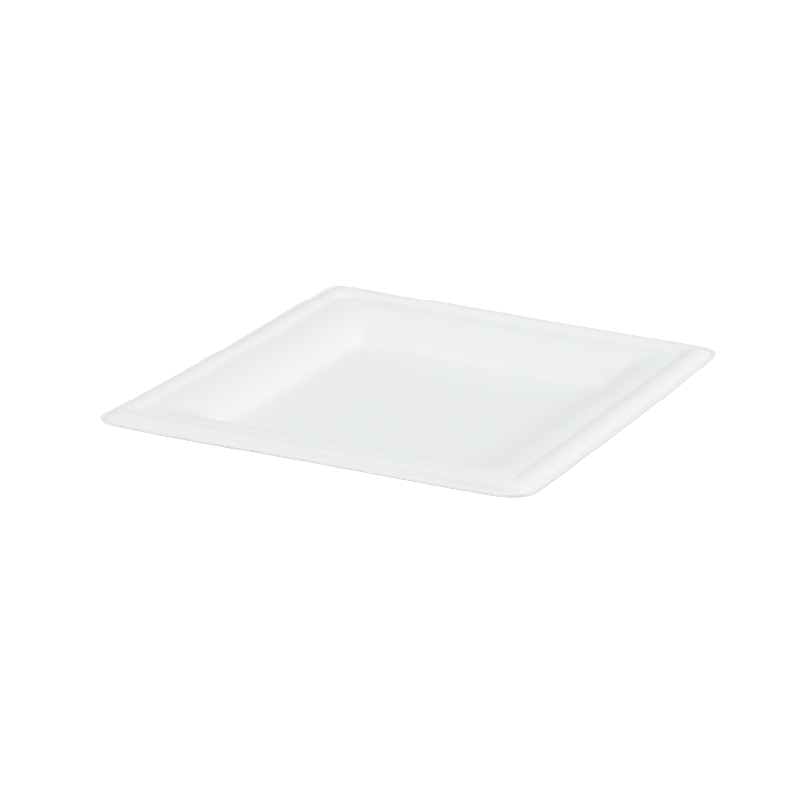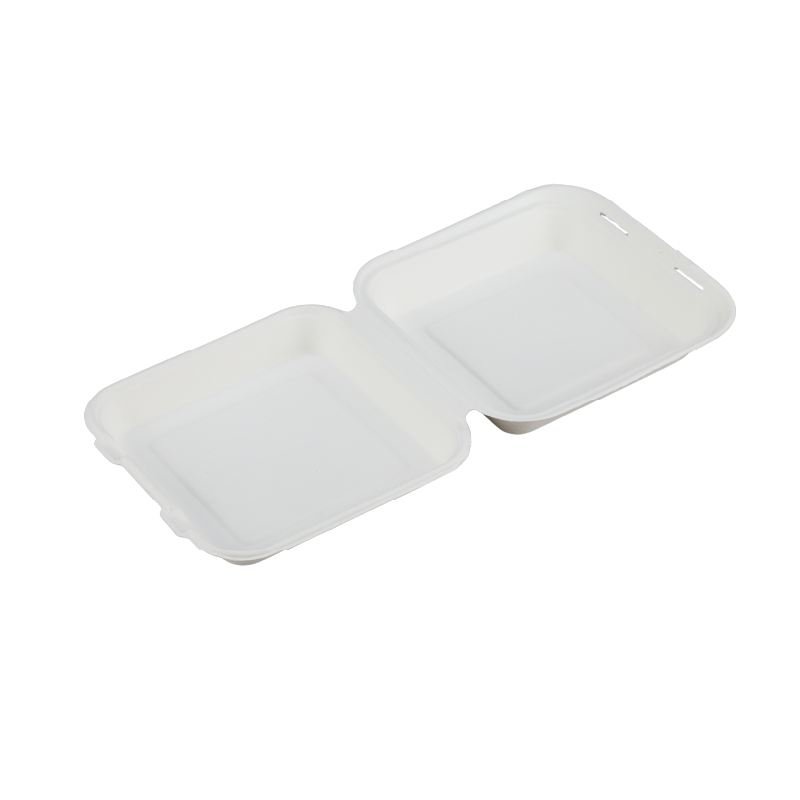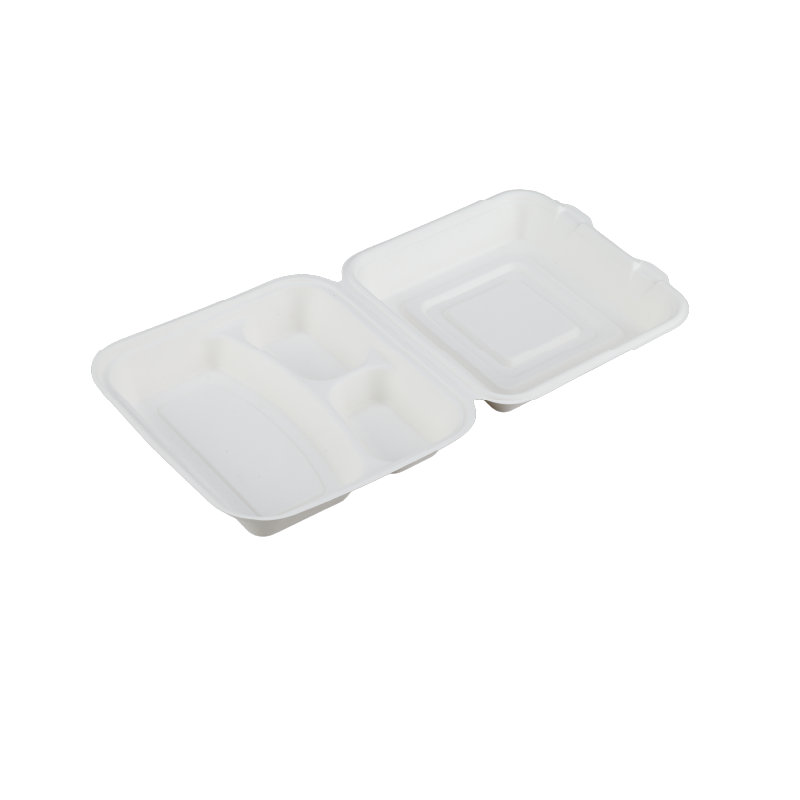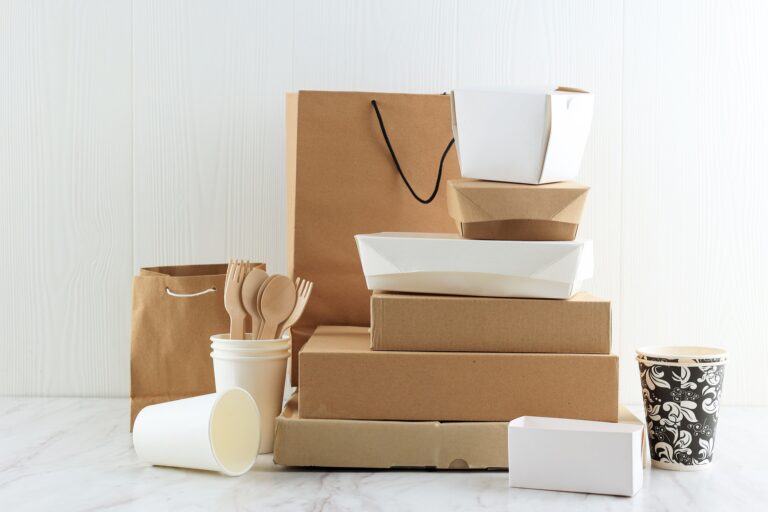Eco-Friendly Food Containers
Our food containers are both practical and environmentally responsible. We offer food containers in a variety of sizes, shapes, and materials. Whether you need compostable, biodegradable, or recyclable packaging, we have packaging that meets your foodservice needs and environmental goals. Customize packaging solutions to meet your brand's needs while supporting a greener future.
Types of Food Containers for Commercial Food Packaging
We offer a complete selection of food containers designed for foodservice operations, including hot food, cold food, takeaway, microwave-safe, and compartment containers. Available in eco-friendly materials such as paper, sugarcane, and PLA to meet both functional and environmental needs.
Takeaway Box
Takeaway boxes are designed for food delivery and grab-and-go services. They come in various sizes and styles such as fold-top, clamshell, and tuck-top designs. Made from kraft paper, sugarcane pulp, or PP with optional coatings for leak resistance. Ideal for noodles, rice, pasta, and combo meals.
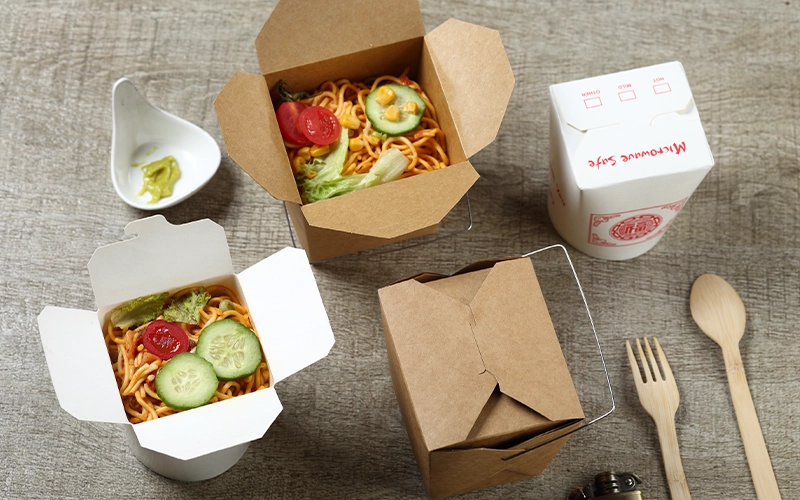
Bowl
Food bowls are perfect for serving soups, salads, ramen, poke, or pasta. Available in multiple capacities, these containers maintain temperature and prevent spills with secure-fitting lids. Materials include paper with PE/PLA lining, biodegradable sugarcane, and PP for microwave use.
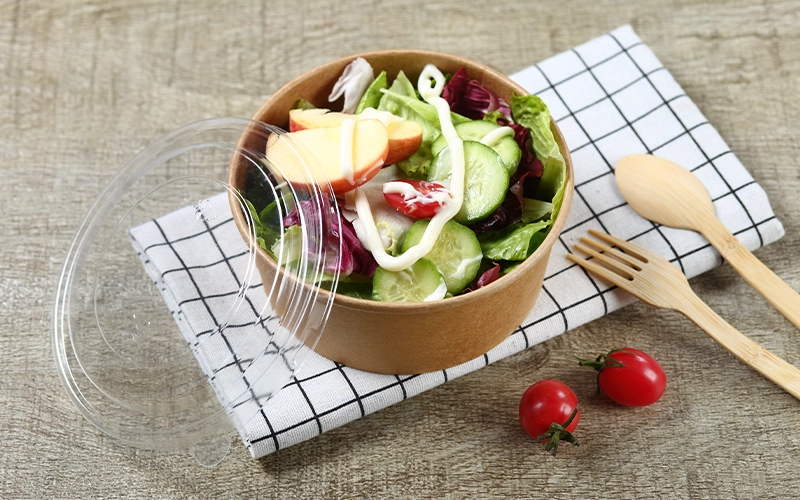
Trays & Boats
These open-top containers are ideal for serving snacks, meals, and finger foods in casual dining, food trucks, or takeout settings. Made from kraft paperboard or molded pulp, they offer a sturdy, eco-friendly solution for portion control and convenient food presentation.
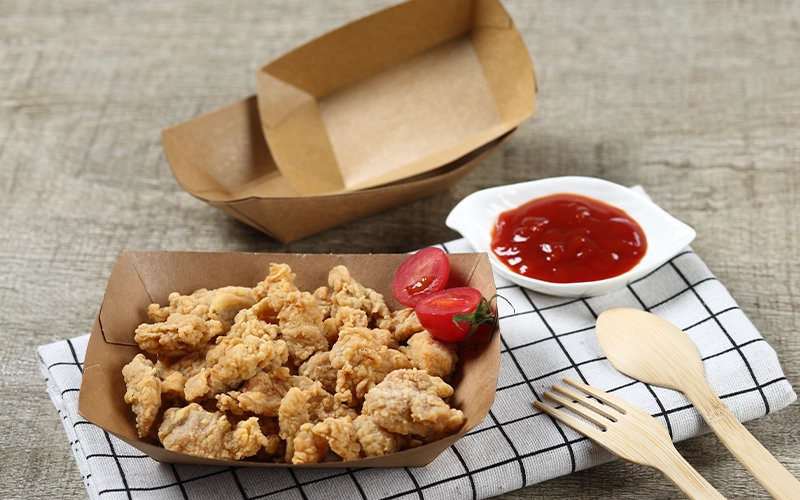
Snack Packing
The Snack Packing range includes a variety of cups, cones, and boxes tailored for finger foods, desserts, and condiments. Whether it's French fries, dipping sauces, or ice cream, these easy-to-use containers are ideal for fast food chains, street vendors, and event catering. Available in open-top and closed-lid options for on-the-go enjoyment.
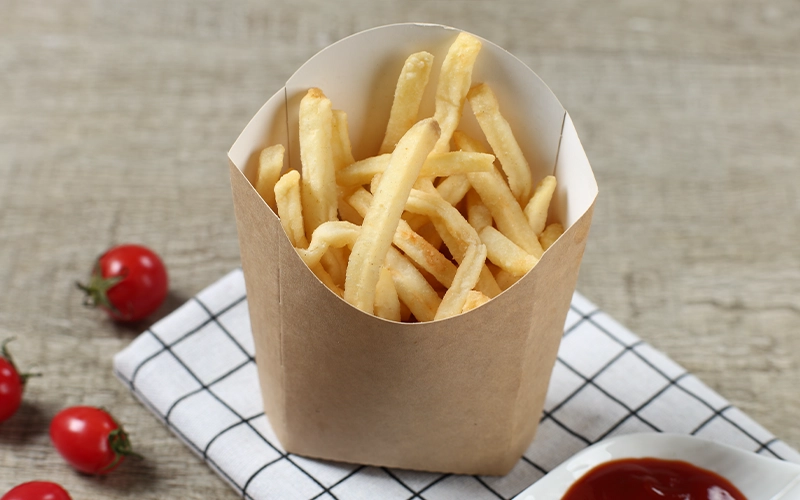
Bagasse Collection
Our Bagasse Collection is crafted from sugarcane pulp, offering a compostable and eco-conscious alternative to plastic and foam. Perfect for takeout, catering, and food delivery, these products are heat-resistant, grease-proof, and microwave-safe. Explore bowls, boxes, plates, and menu containers that combine durability with sustainability.
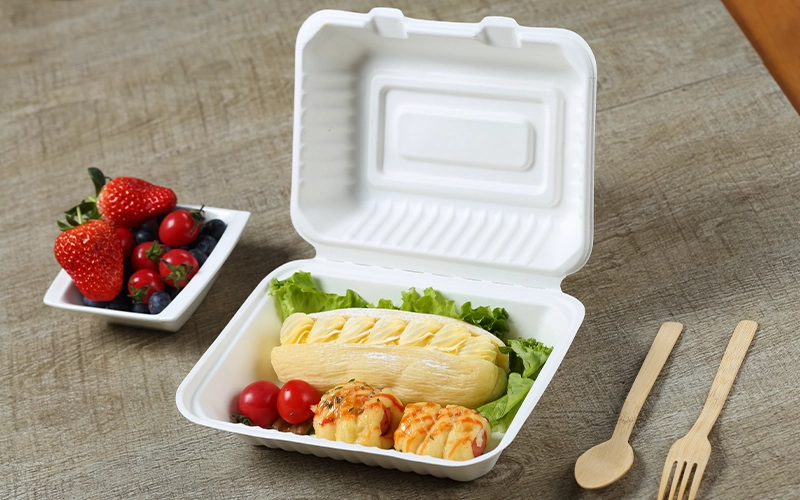
Food Containers Material Options
Choosing the right material for food containers is essential for ensuring safety, functionality, and environmental compliance. We offer a wide range of food containers made from eco-friendly and food-safe materials, suitable for various food types and service needs.
Sugarcane (Bagasse)
Made from the fiber left after sugarcane juice extraction. It’s compostable, biodegradable, and suitable for both hot and cold foods. Microwave- and freezer-safe.
Kraft Paper
Durable and recyclable, kraft paper is often used for takeaway food containers and trays. It may include a PE or PLA coating for water and oil resistance.
PLA (Polylactic Acid)
A compostable bioplastic derived from renewable resources like corn starch. Used for clear lids and cold food containers. Suitable for refrigeration but not for high-heat applications.
PP (Polypropylene)
A heat-resistant, microwave-safe plastic ideal for reusable or hot food containers. Lightweight, strong, and food-safe. Commonly used in delivery containers and bowls.
PET (Polyethylene Terephthalate)
A clear, recyclable plastic used mainly for cold food packaging and salad containers. Offers high clarity and durability but is not heat-resistant.
Paperboard
Used for disposable trays, boats, and boxes. Lightweight and printable, it can be lined with PE, PLA, or aluminum for enhanced performance.
How to Choose Food Packaging Materials for Your Business?
Selecting the right material is a multidimensional decision involving food type, environmental impact, customer experience, and cost structure.
Consider the Unique Needs of Your Product
A greasy burger has different needs than a frozen yogurt parfait or a vegetable soup. Choose containers that are:
- Grease-resistant for oily items
- Moisture-proof for frozen goods
- Heat-tolerant for hot meals
- Airtight for items prone to spoilage
Consider Shelf Appeal
Visual presentation influences buying behavior. Your packaging should:
- Reflect your brand image (minimalist, premium, eco-friendly, etc.)
- Stand out on the shelf or in delivery photos.
- Communicate freshness and safety.
- Be tactilely pleasant (smooth, firm, or eco-textured)
Safety and Usability Features
Containers should enhance—not hinder—the user experience. Focus on:
- Secure closures to prevent spills
- Vent holes for steam release
- Stackable designs for transport
- Microwave and freezer safety
- Tamper-evident seals for security
Maintain Legality and Sustainability
Packaging regulations vary by country, but all require:
- Use of food-safe materials
- Accurate and compliant labeling
- Truthful environmental claims
Sustainability is no longer optional. Customers actively look for packaging that is:
- Recyclable
- Compostable
- Made from renewable materials
Bioplastics, kraft paper, sugarcane pulp, and even mushroom-based packaging are gaining ground as viable options.
Balance Quality and Cost
Premium materials cost more but may be offset by higher customer satisfaction and lower return rates. Still, profit margins matter. Aim to strike a balance:
- Use high-quality materials for hot, heavy, or premium items.
- Choose economic solutions for dry, lightweight, or fast-moving goods.
- Explore local suppliers to reduce shipping costs.
Bulk purchasing can bring discounts, but flexibility in ordering is essential to avoid overstocking outdated designs or unused formats.
Leak-Proof vs. Ventilated Packaging
These features may sound contradictory, but both are critical depending on the product.
| Feature | Leak-Proof Packaging | Ventilated Packaging |
|---|---|---|
| Primary Purpose | Prevent spills and leakage during handling and transportation | Allow airflow to prevent moisture buildup and sogginess |
| Ideal For | Soups, sauces, gravies, oily foods | Fried foods, baked items, produce |
| Common Materials | PP containers with tight-fit lids, aluminum trays, PET cups | Kraft paper with vents, clamshells with perforations |
| Lid Type | Snap-on or sealable lids with gaskets or heat sealing | Vented lids or open slits to allow steam release |
| Benefits | Maintains food integrity, prevents mess, suitable for delivery | Keeps food crispy, improves texture, avoids condensation |
| Challenges | Can cause sogginess for crispy foods, may trap heat | Not suitable for liquids, potential for odor escape |
| Best Use Case Example | Takeout curry, noodle soup, salad with dressing | French fries, fried chicken, artisan bread |
Food Packaging Solutions
Modern food packaging is about integration—combining functionality, branding, and sustainability into a single solution. The best packaging solution aligns with your brand message, food type, and customer expectations. Always aim for a blend of safety, visual appeal, environmental impact, and affordability. Here are key trends and strategies in the food packaging industry:
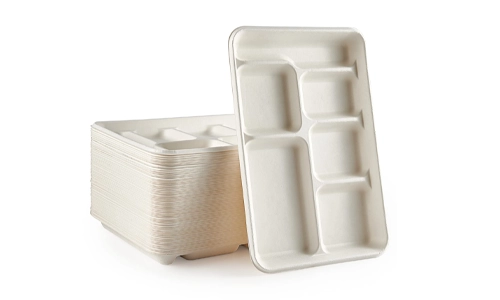
Compostable Multi-Compartment Trays
Used for meal kits or combo platters, they offer separation and environmental responsibility in one.
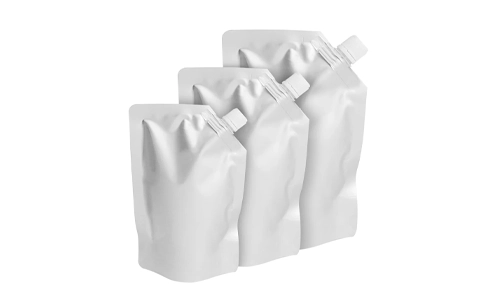
Sealable Pouches with Zippers or Spouts
Ideal for sauces, baby food, and juices—these provide convenience without sacrificing protection.
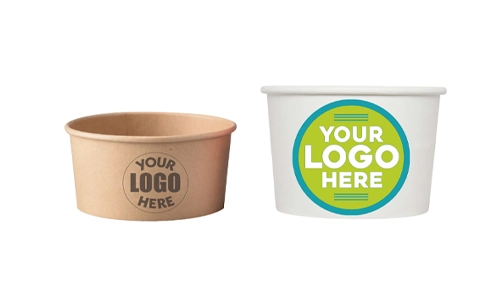
Custom Branded Eco-Bowls
Increasingly popular in salads and grain bowls, they balance aesthetics and utility with biodegradable materials.
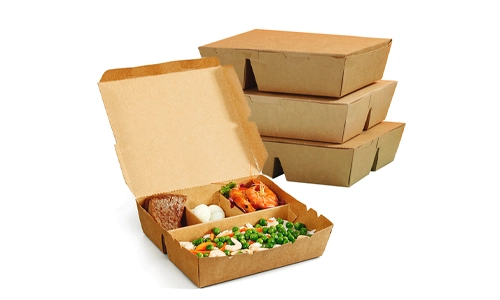
Modular Packaging Systems
Containers that fit together like puzzle pieces, ideal for bento boxes or meal combos, streamlining packing and enhancing user experience.
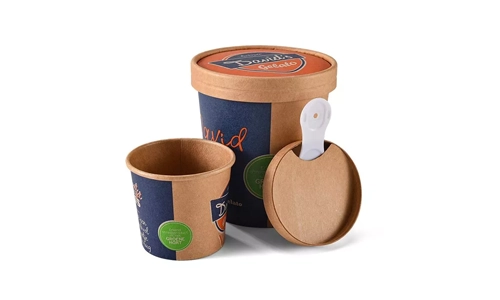
Dual-Use Packaging
Items like soup cups that turn into bowls or ice cream tubs with built-in spoons maximize functionality.
Size Options
Selecting the right size is more than a logistical concern—it affects cost efficiency, product perception, and user satisfaction.
Standardizing sizes allows for better inventory control and streamlined operations. However, offering a range of sizes (small, medium, large) enables customers to select portions that fit their needs, reducing waste and improving satisfaction.
| Container Size | Recommended Use | Food Type Examples | Material Suggestions |
|---|---|---|---|
| 4 oz – 8 oz | Small portions, sauces, dips, sides | Salad dressings, chutneys, fruit cups | PLA cups, paper portion containers |
| 12 oz | Light meals or snacks | Yogurt, small salads, rice bowls | PET cups, bagasse bowls |
| 16 oz | Regular entrée or hearty soups | Pasta, thick soups, poke bowls | Paper bowls with lids, PP containers |
| 24 oz | Large entrées or combo items | Burrito bowls, stir fry, large salads | Compostable bowls, plastic deli containers |
| 28 oz – 32 oz | Full meals with sides | Fried chicken with fries, bento boxes | 3-compartment trays, clamshell boxes |
| 48 oz and above | Family-size or group portions | Pasta trays, curry sets, party platters | Aluminum trays, sturdy plastic containers |
Compostable and Recyclable Options
Eco-friendly packaging is not just a trend—it's a responsibility. As consumer demand and environmental regulations intensify, businesses must choose food packaging containers that reduce environmental impact without compromising functionality.
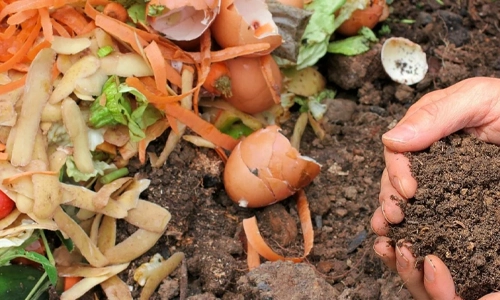
Compostable Materials
Compostable packaging breaks down into natural elements in compost environments, leaving no toxic residue. Common compostable materials include:
- Bagasse (sugarcane fiber): Durable, microwave-safe, and compostable within 90 days.
- Polylactic Acid (PLA): Derived from corn starch, ideal for cold foods and drinks.
- Palm leaves and bamboo: Naturally antibacterial and visually unique.
- Kraft paperboard: Suitable for dry or semi-moist foods, and customizable for branding.
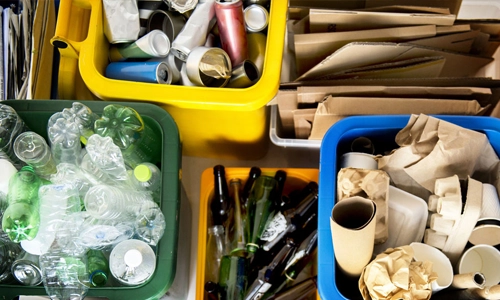
Recyclable Materials
Recyclable packaging offers the benefit of re-entering the production cycle, reducing landfill waste. Common recyclable packaging materials include:
- PET (Polyethylene Terephthalate): Used in clear salad containers, juice bottles.
- HDPE (High-Density Polyethylene): Sturdy and widely recyclable; often found in milk jugs and food tubs.
- Aluminum: 100% recyclable and retains value through many reuse cycles.
- Corrugated cardboard: Recyclable and compostable if uncoated.
Product Safety and Security Certifications
Consumers trust that the food they consume is safe. But that trust also extends to the packaging. Food packaging containers must meet stringent regulatory and industry standards to ensure they do not leach harmful substances or compromise food quality. Equally important is tamper-evident packaging, which adds an extra layer of safety and consumer confidence—especially in delivery services.





Branding and Visuals
The container is the new storefront. In a market where products are photographed, unboxed, and shared on social media, your packaging design can directly influence customer engagement and brand loyalty.
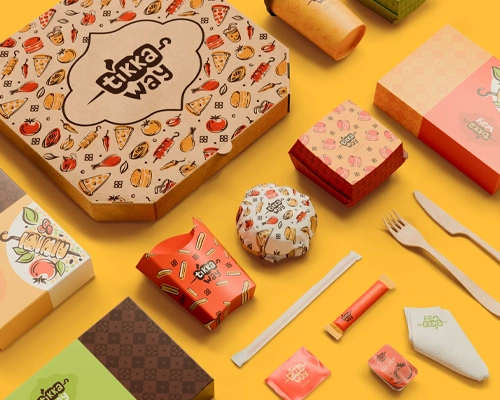
- Minimalism with purpose: Clean fonts, white space, and biodegradable tones appeal to eco-conscious consumers.
- Vivid colors and bold typography: Help grab attention on shelves or in apps.
- Transparent windows: Showcase freshness and product quality.
- Embossing or UV printing: Add tactile and visual appeal for premium brands.
- Logo Placement: Consistent and prominent logo placement builds recognition and brand equity.
Choosing a Reliable Food Packaging Supplier
The right packaging is only as dependable as the supplier behind it. Choosing a supplier is a strategic decision that impacts product quality, lead times, brand integrity, and compliance.
Certifications and Compliance
Ensure the supplier follows food-safe manufacturing processes and holds relevant certifications.
Delivery Timelines
Timely deliveries are critical. Evaluate their capacity for quick turnarounds or crisis fulfillment.
Production Capabilities
Can they scale with your growth? Do they offer customization?
Consistency and Quality Control
Ask for sample runs and detailed specs. A reliable supplier will maintain color fidelity, structural integrity, and labeling precision across batches.
Sustainability Initiatives
Suppliers that offer compostable or recyclable options, carbon-offset shipping, or local sourcing can align with your green goals.
FAQs
Compostable containers made from bagasse, PLA, or bamboo are among the most sustainable, as they decompose quickly and come from renewable sources.
Clear packaging allows customers to see the product, which can build trust and entice purchases. However, for light-sensitive items, opaque packaging may be more appropriate.
Highly important for products meant for multiple uses, like snacks or meal kits. It enhances usability and extends shelf life after opening.
Run small test batches, gather customer feedback, and simulate storage and transportation conditions. Pay attention to leaks, heat retention, and ease of use.
Packaging is often the first customer interaction. Colors, fonts, and materials all shape perception and brand loyalty.
Absolutely. Non-compliance can result in legal penalties and damage to your reputation.
Yes, and you should. Prototype testing helps catch problems early and improve the user experience.
Quick Quote or Free Sample
Experience Million Pack’s premium packaging with a free sample. Get a customized quote designed for your business needs.

